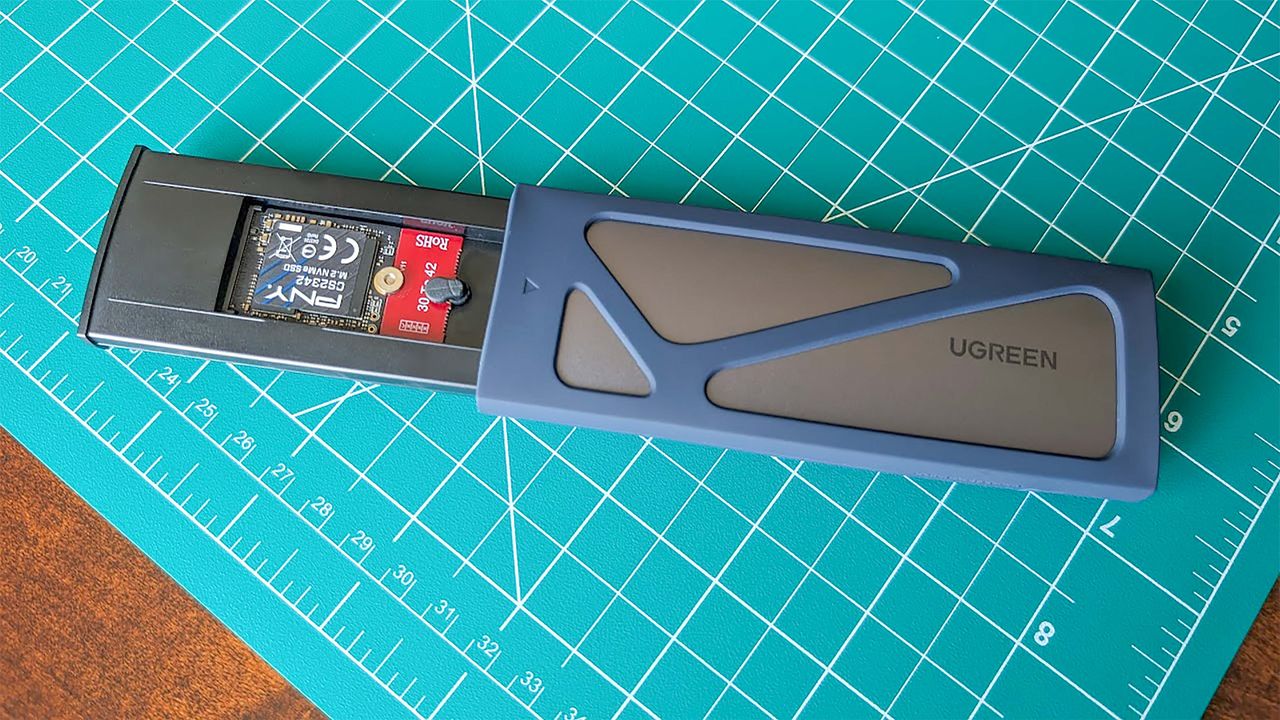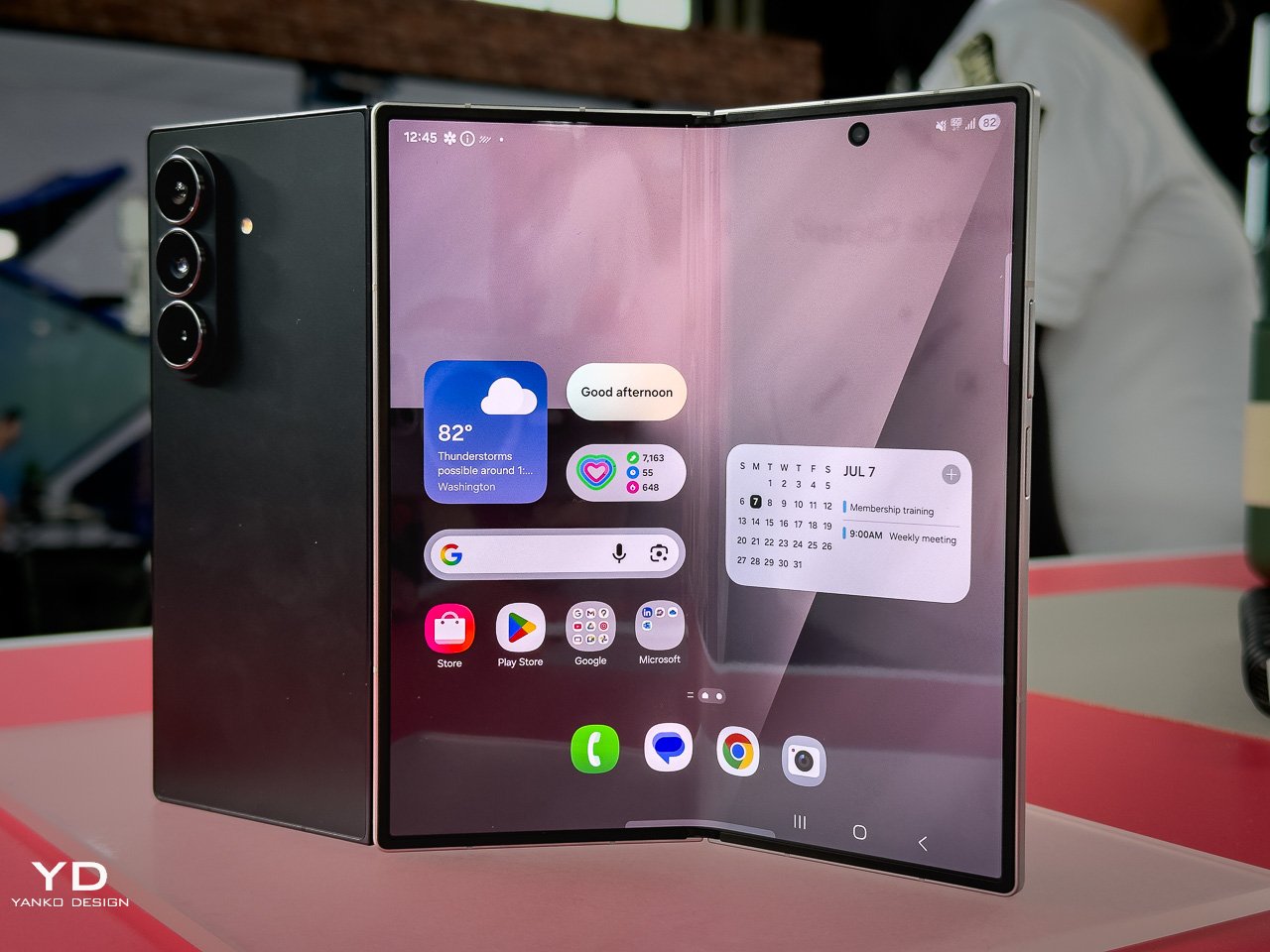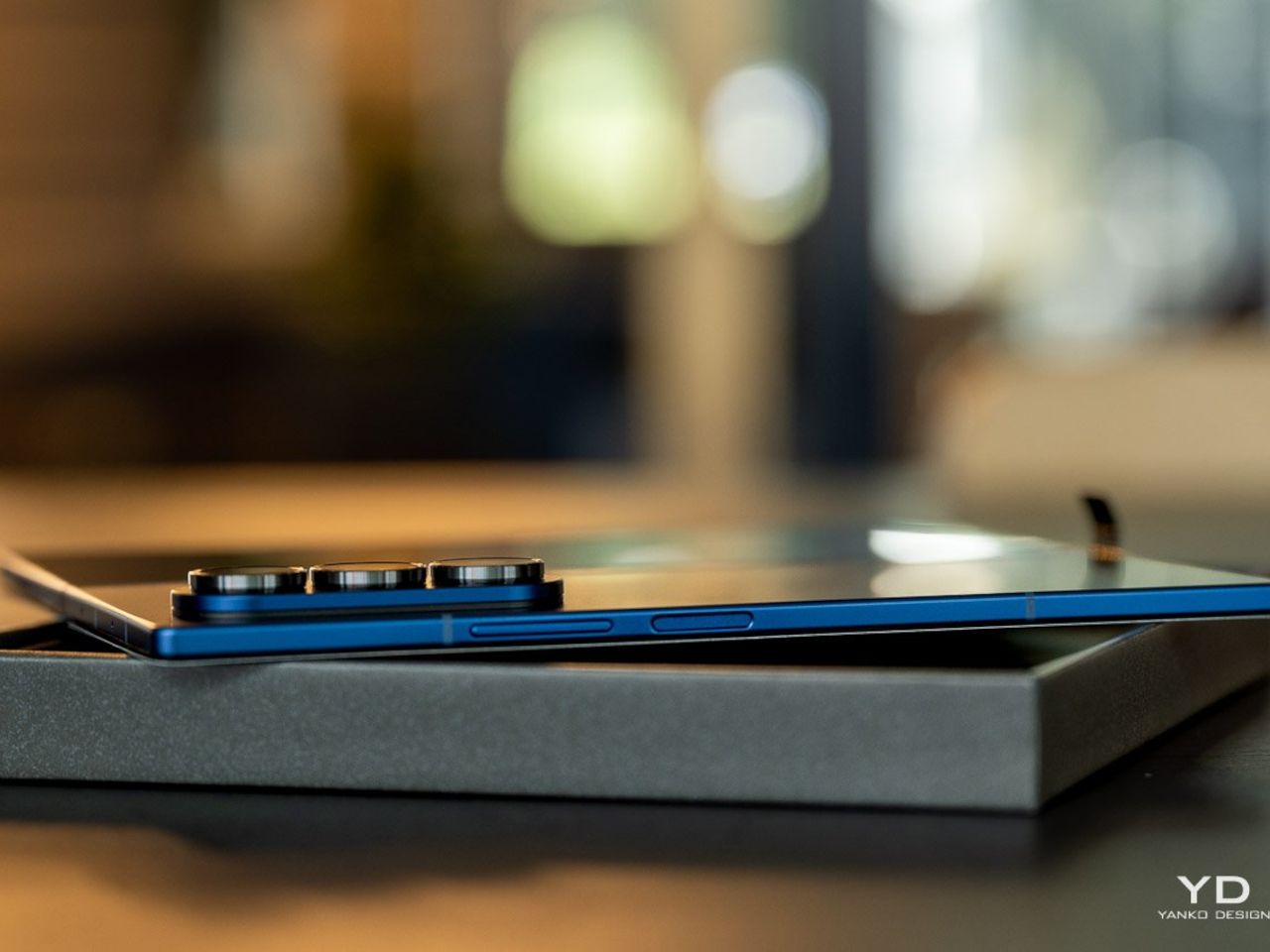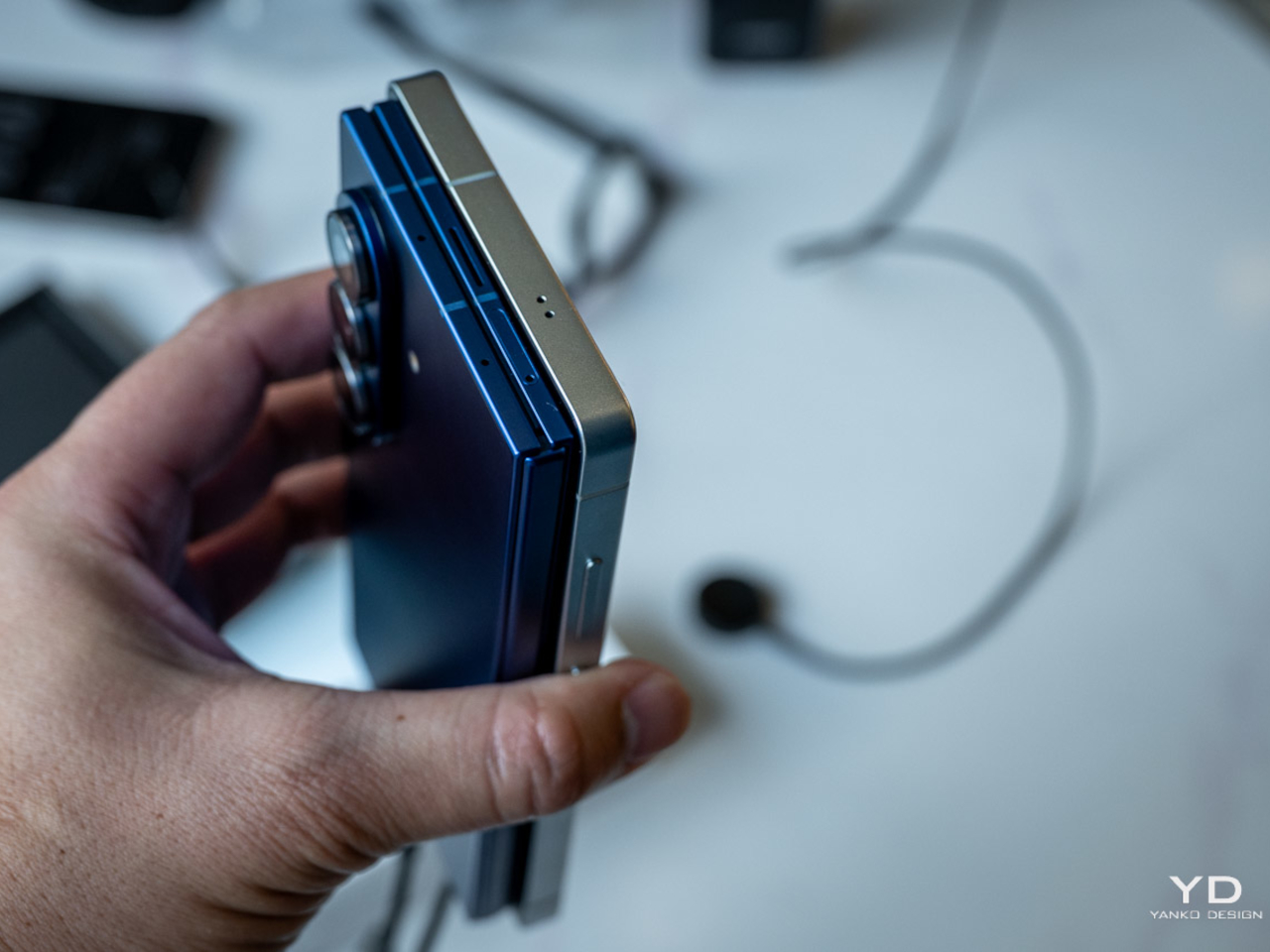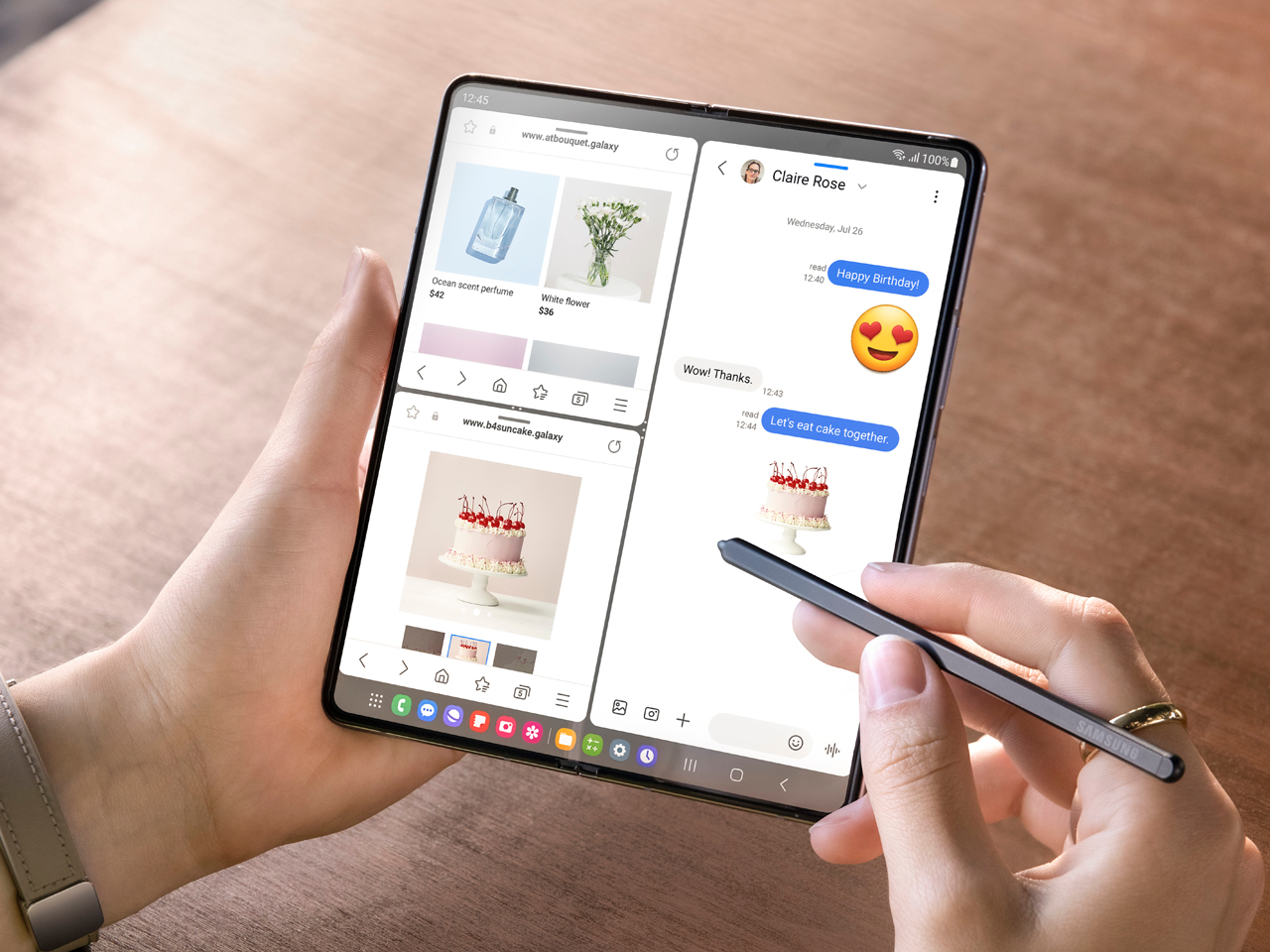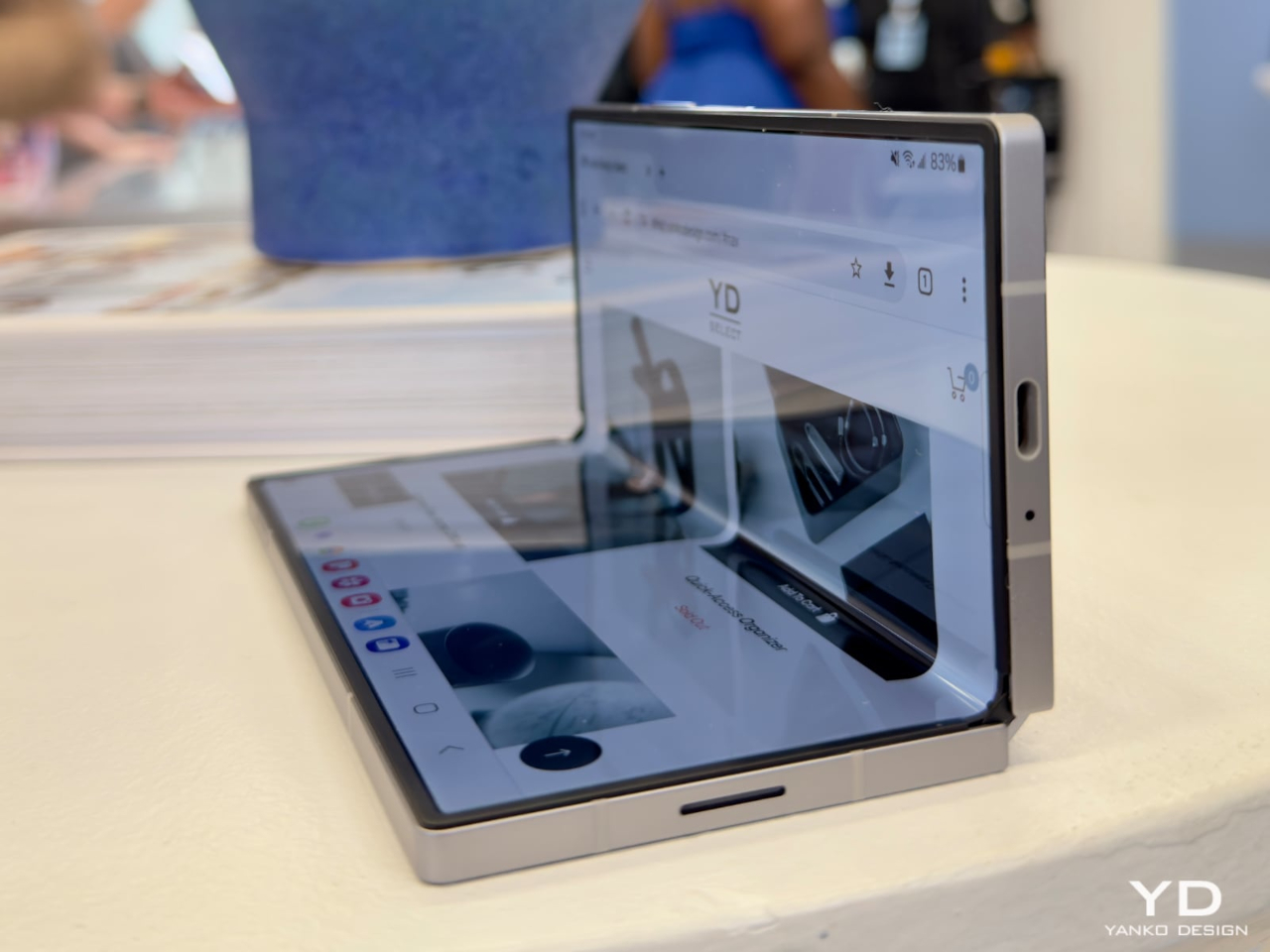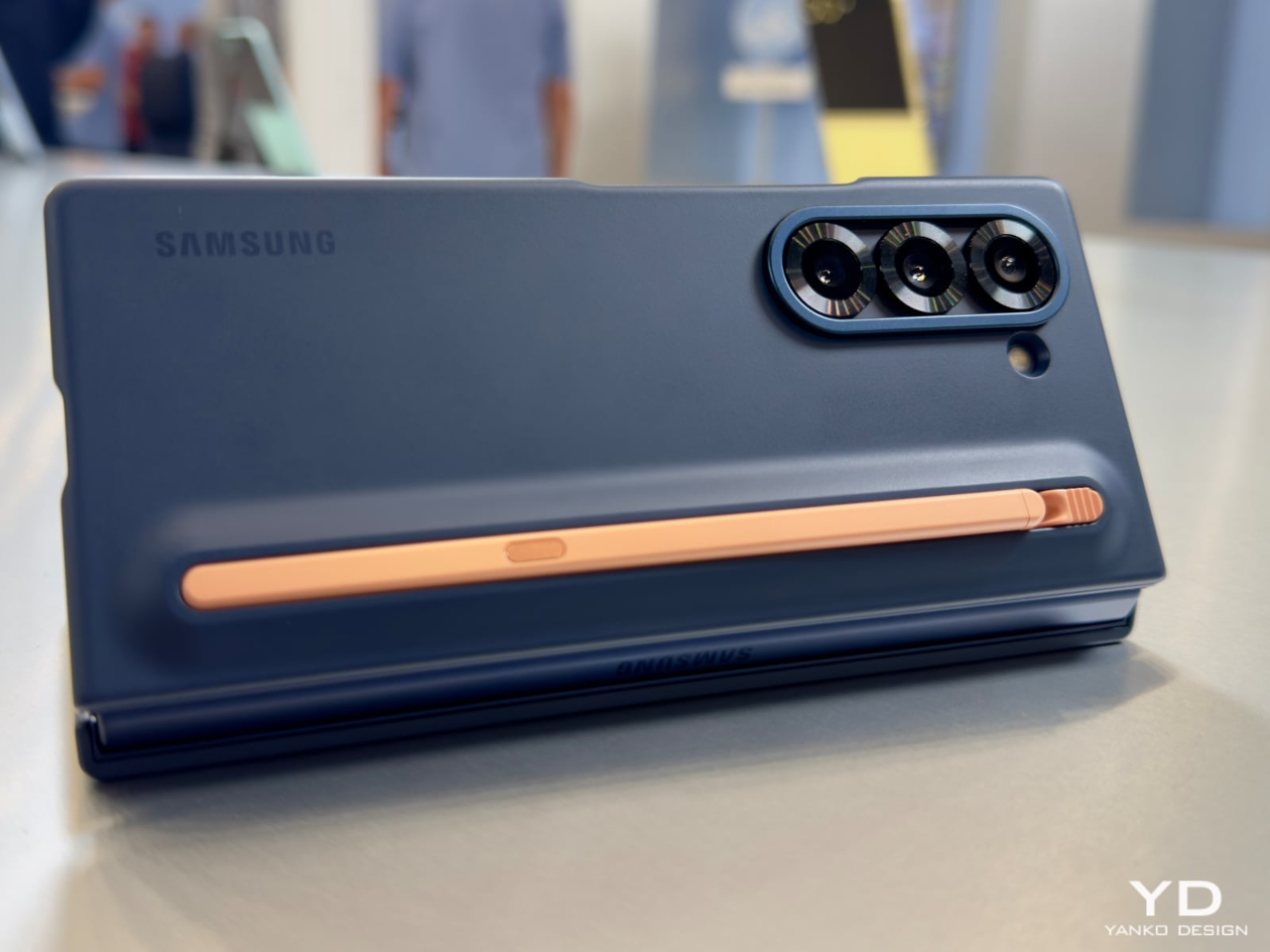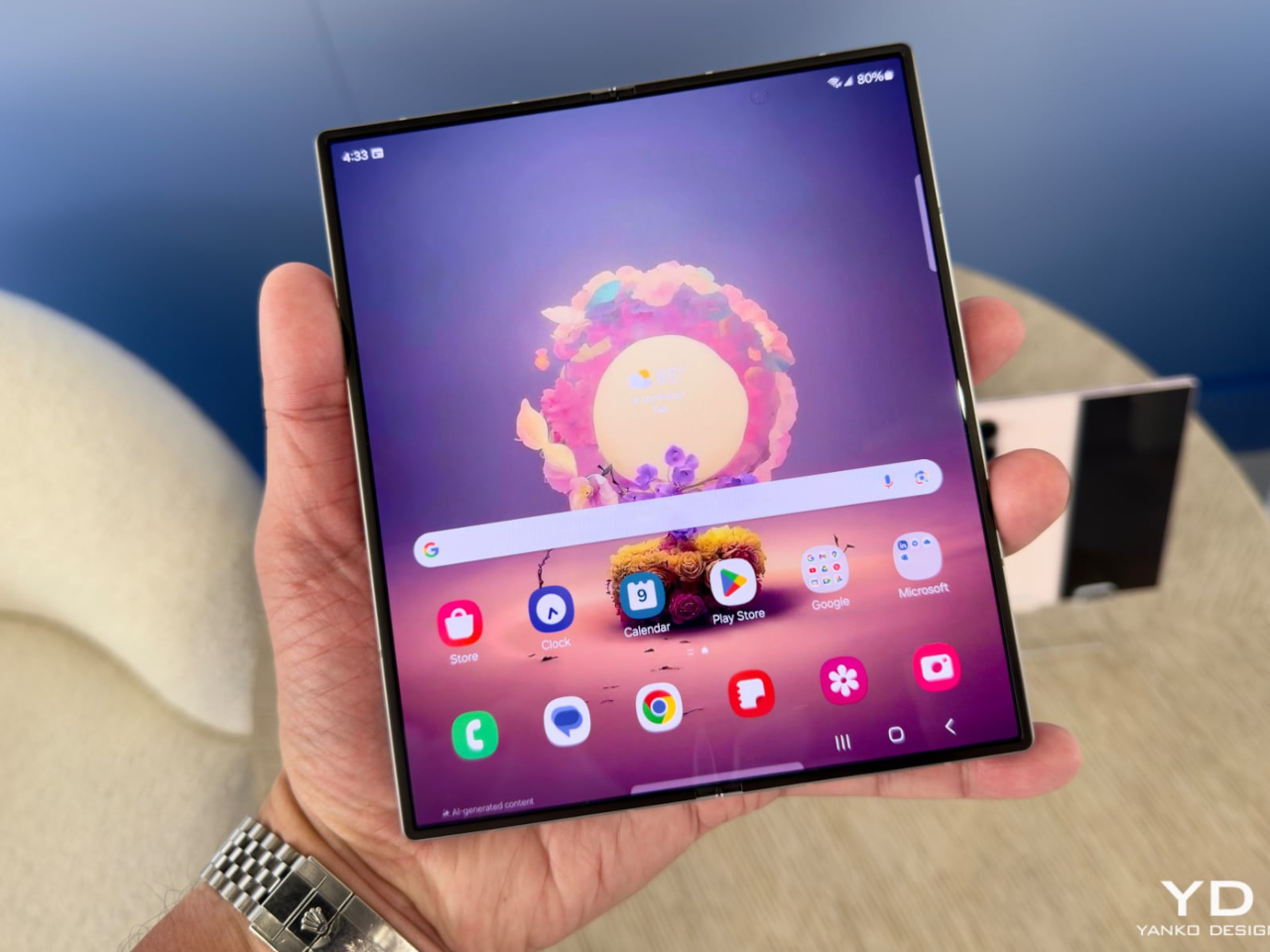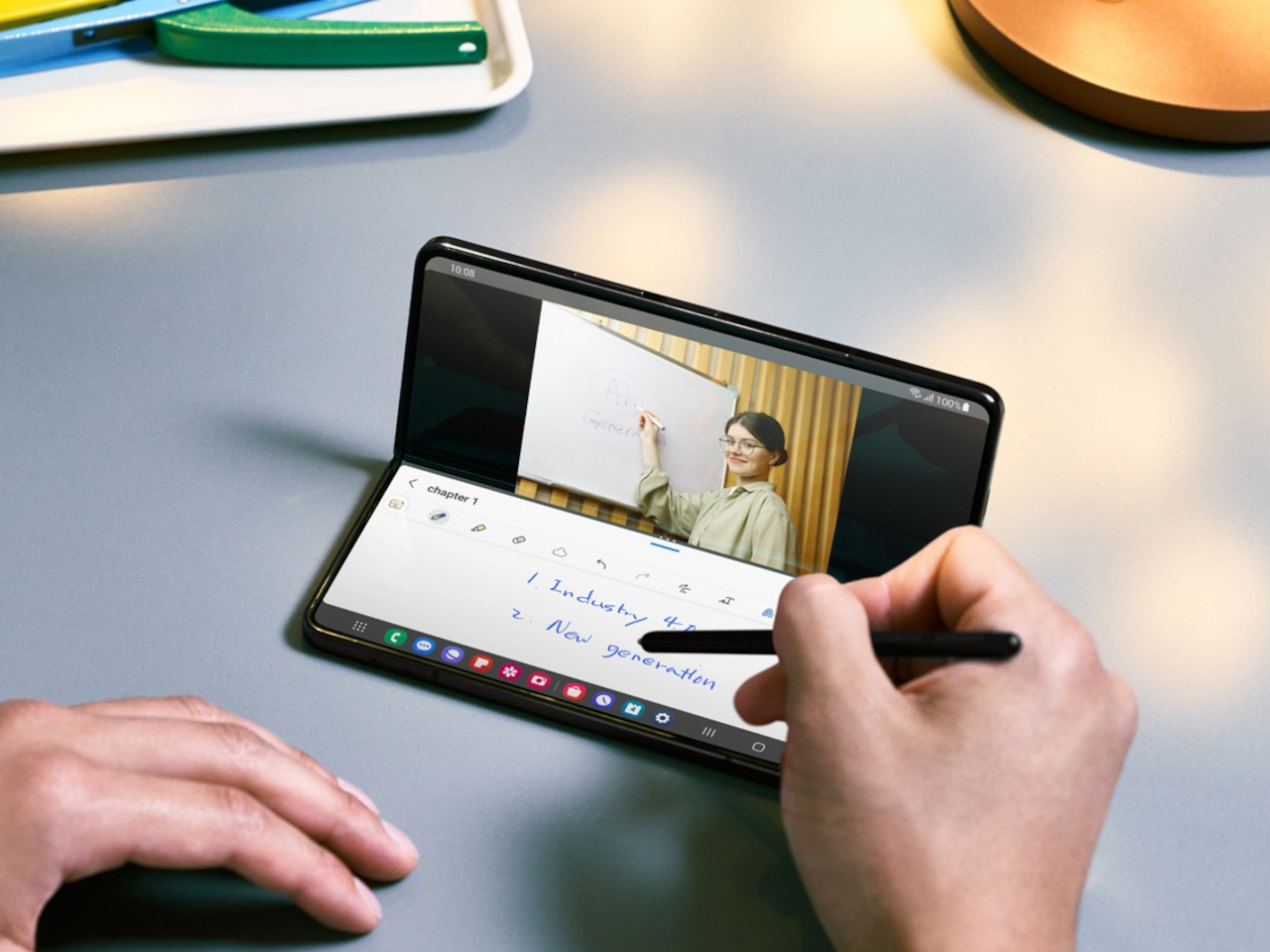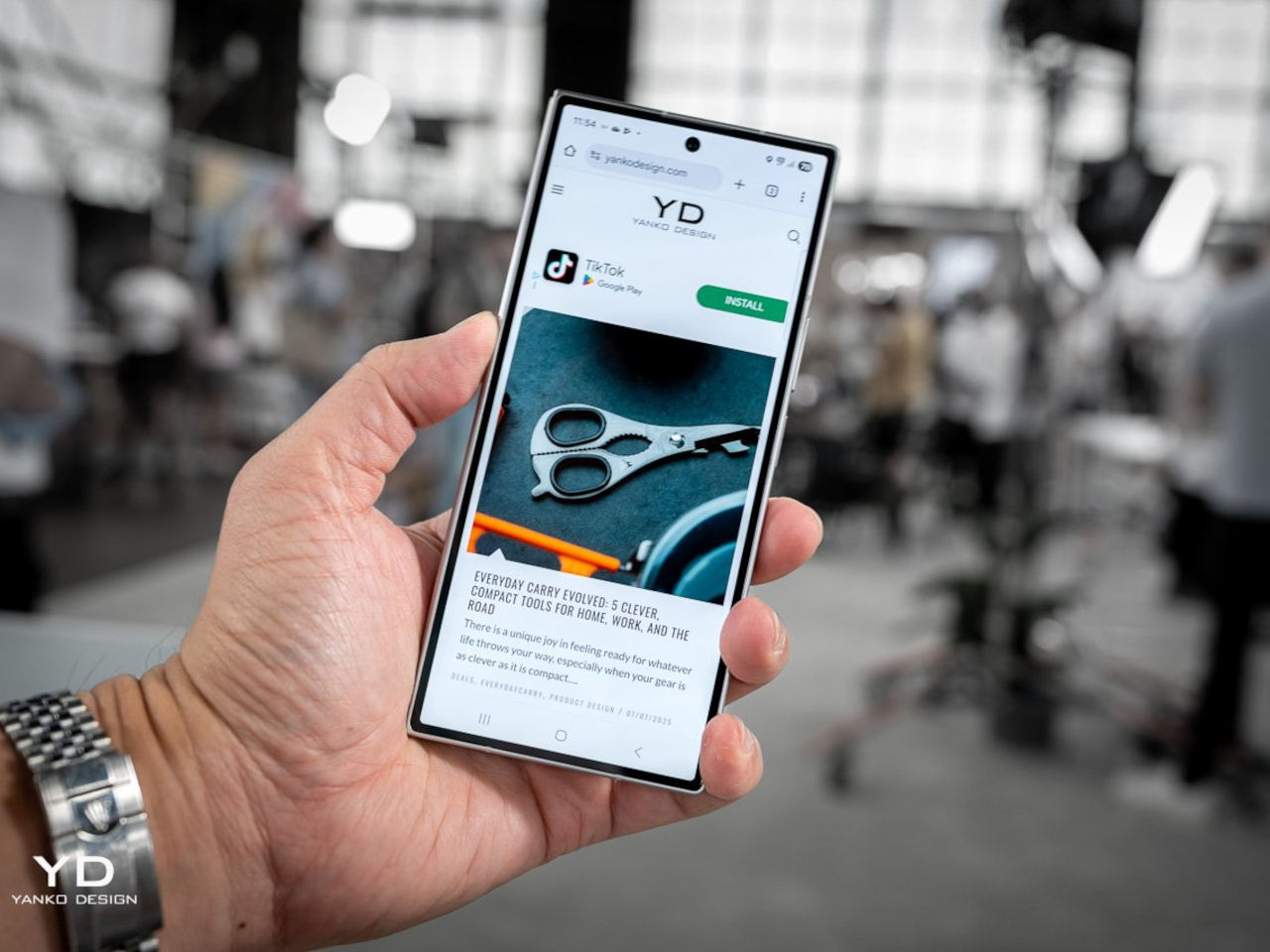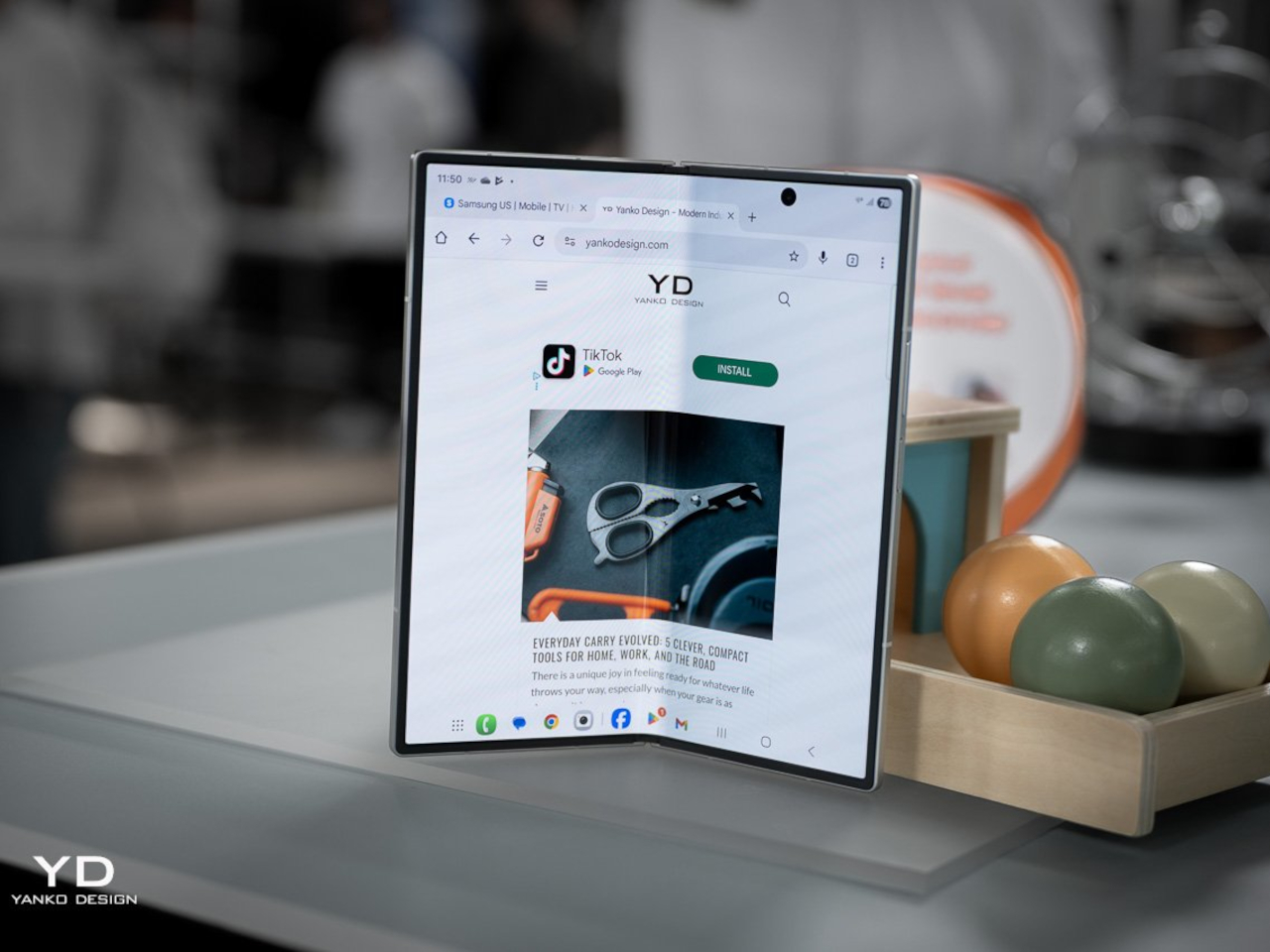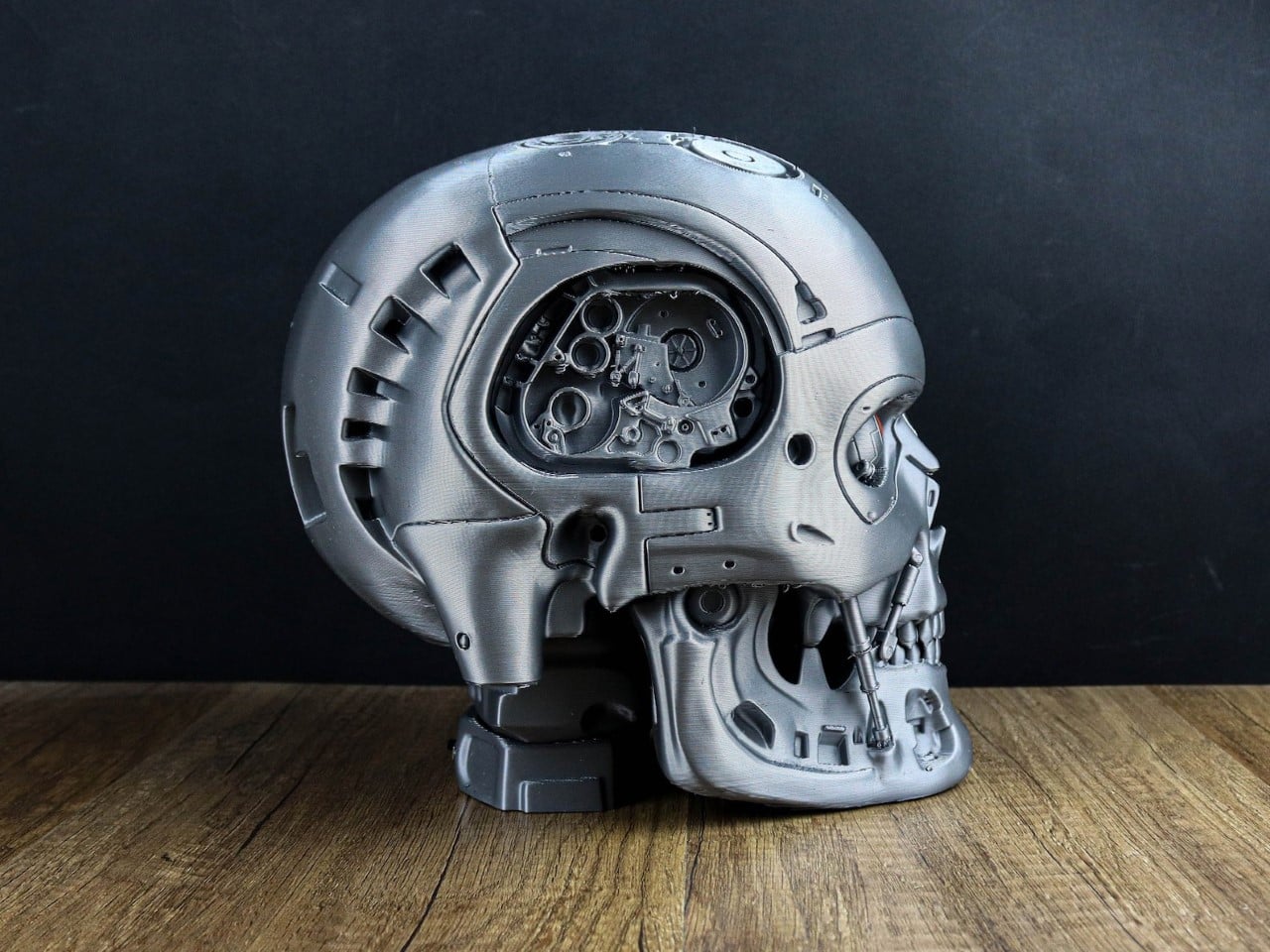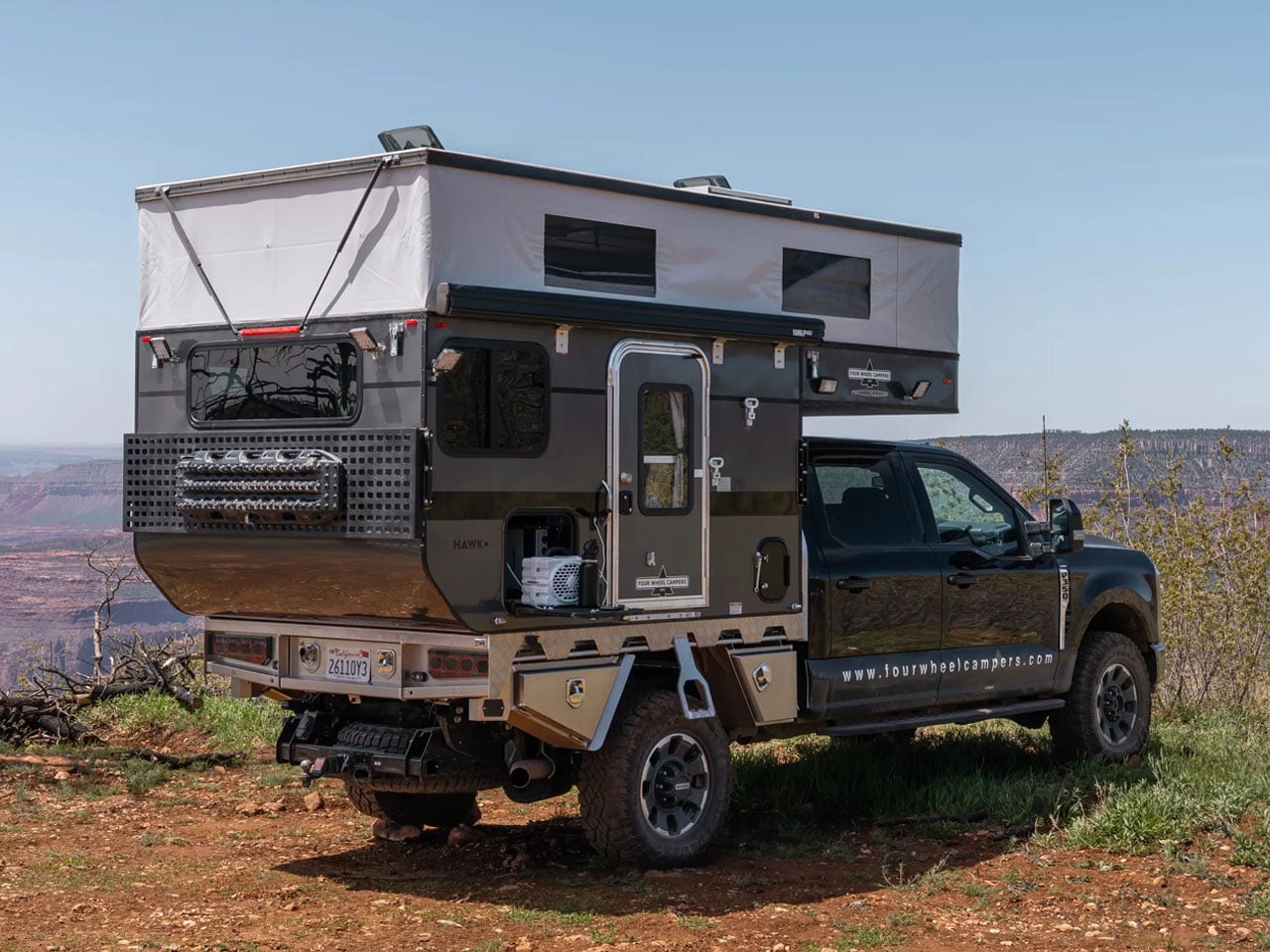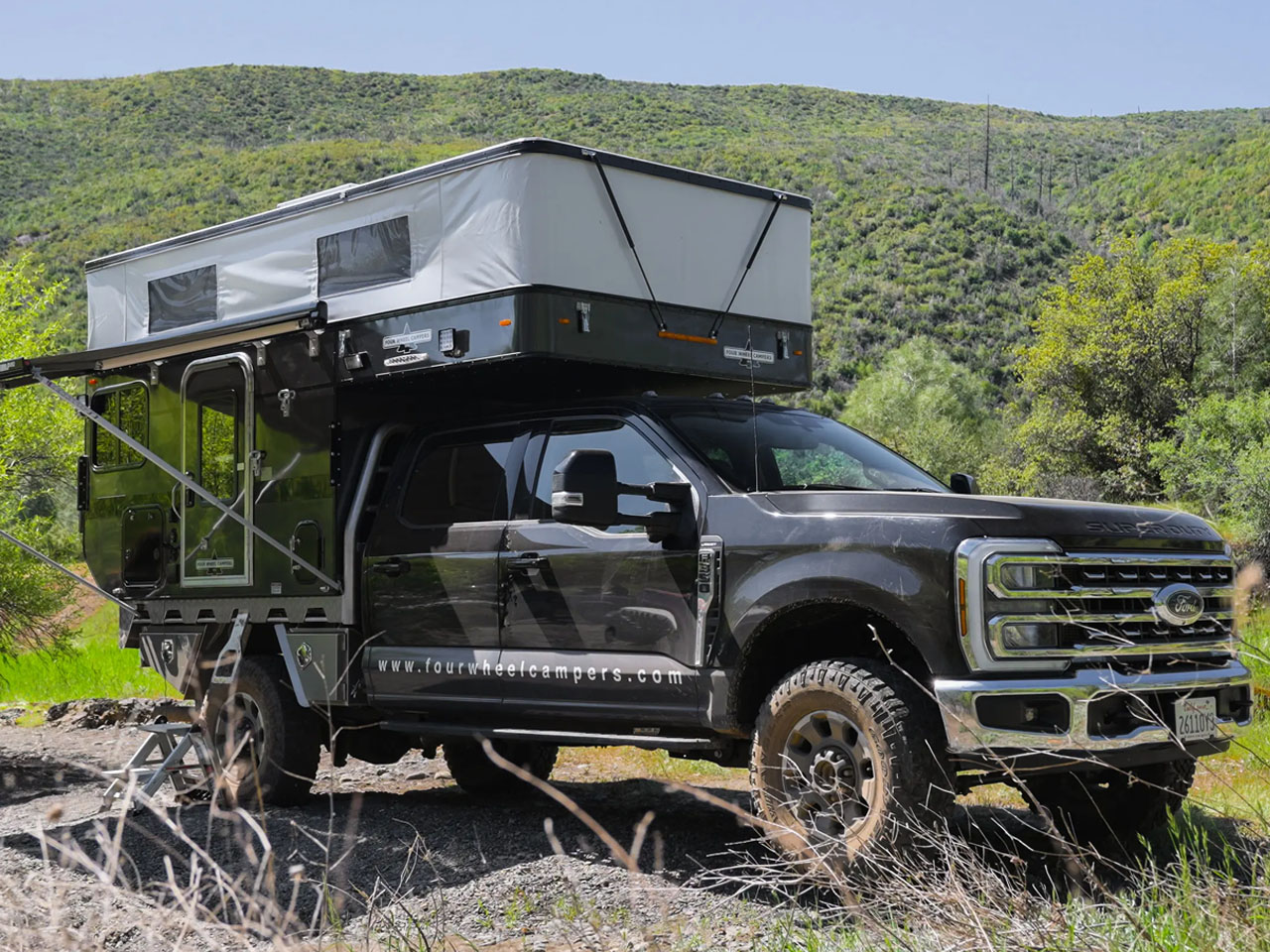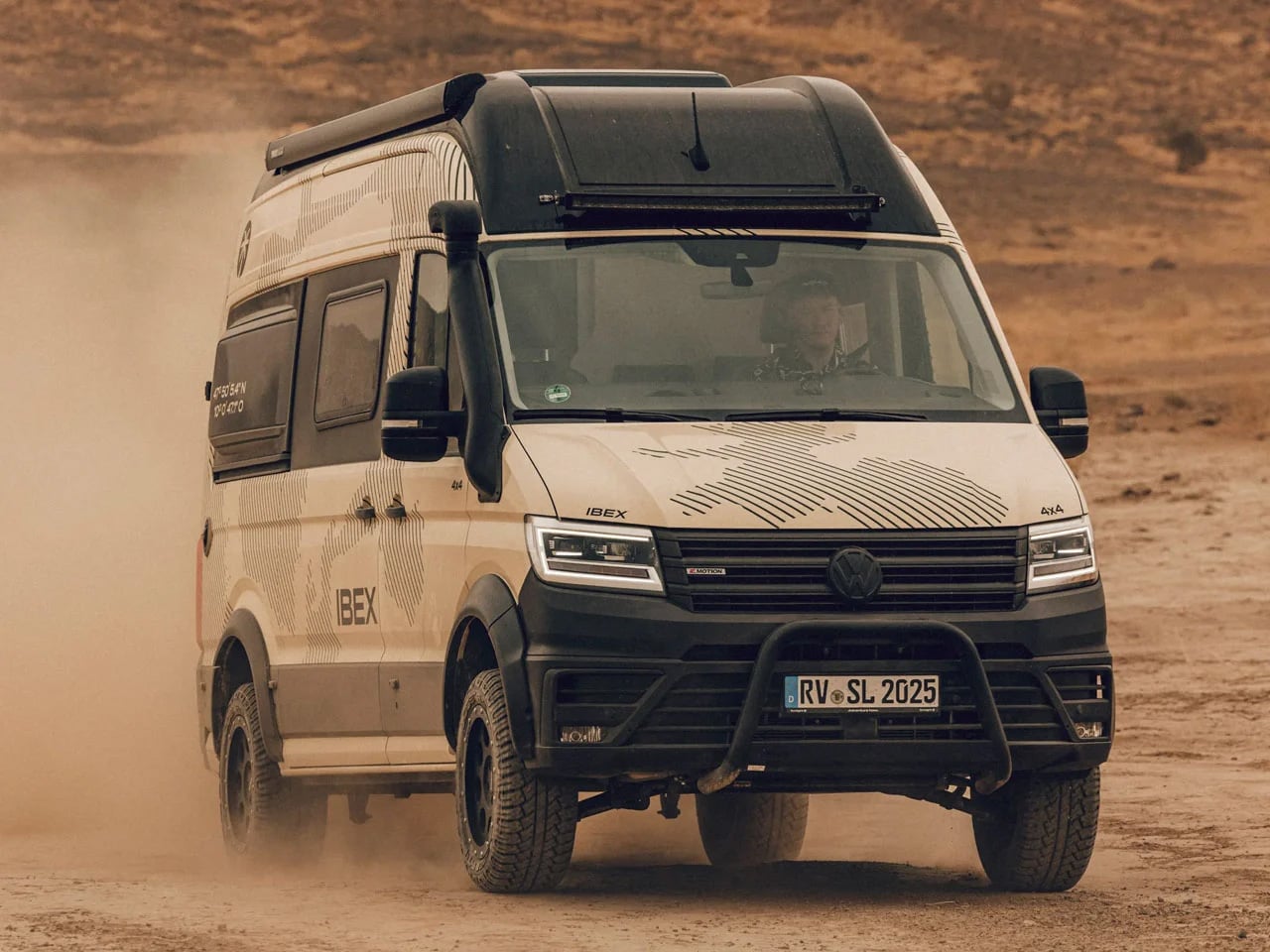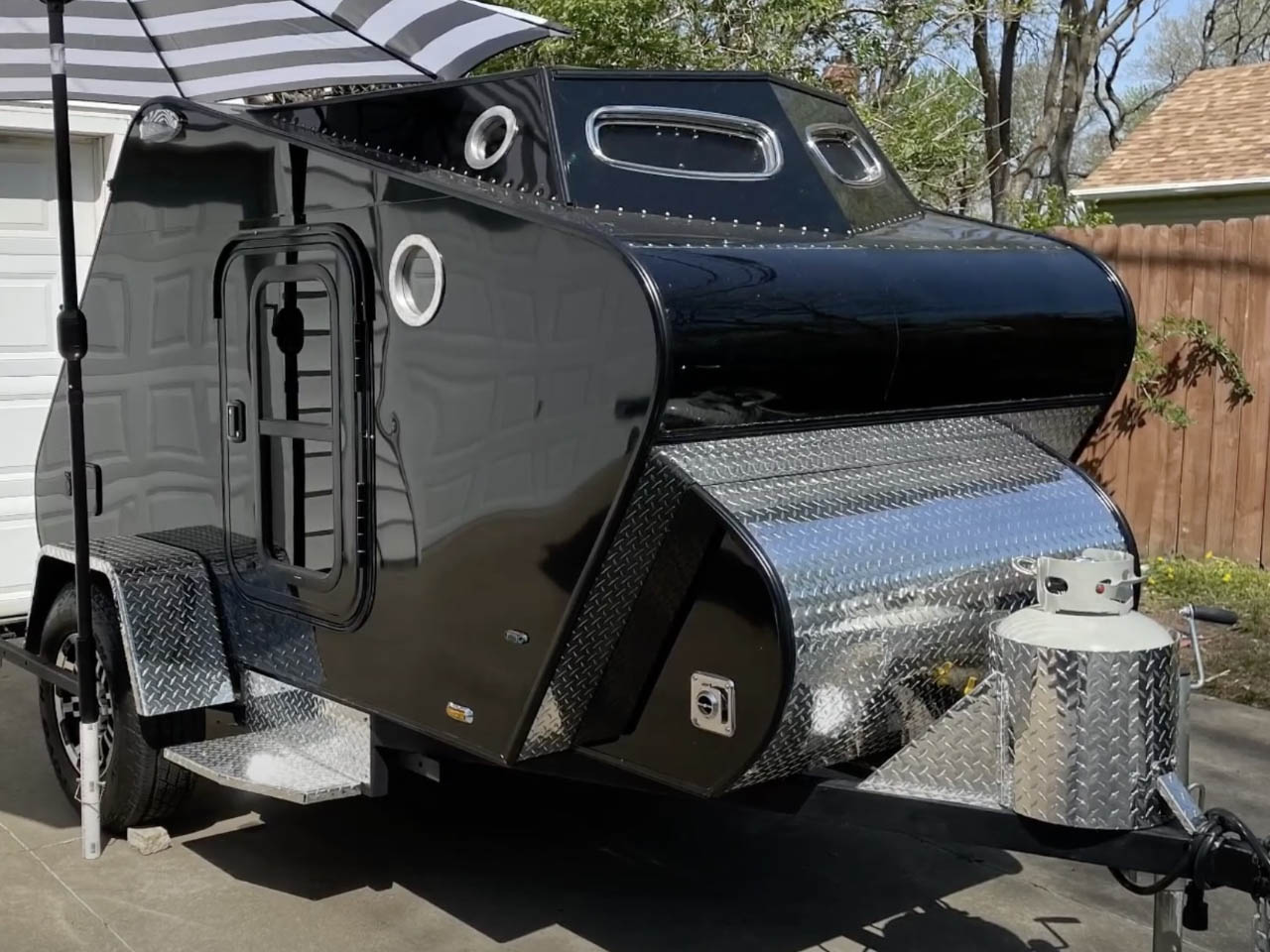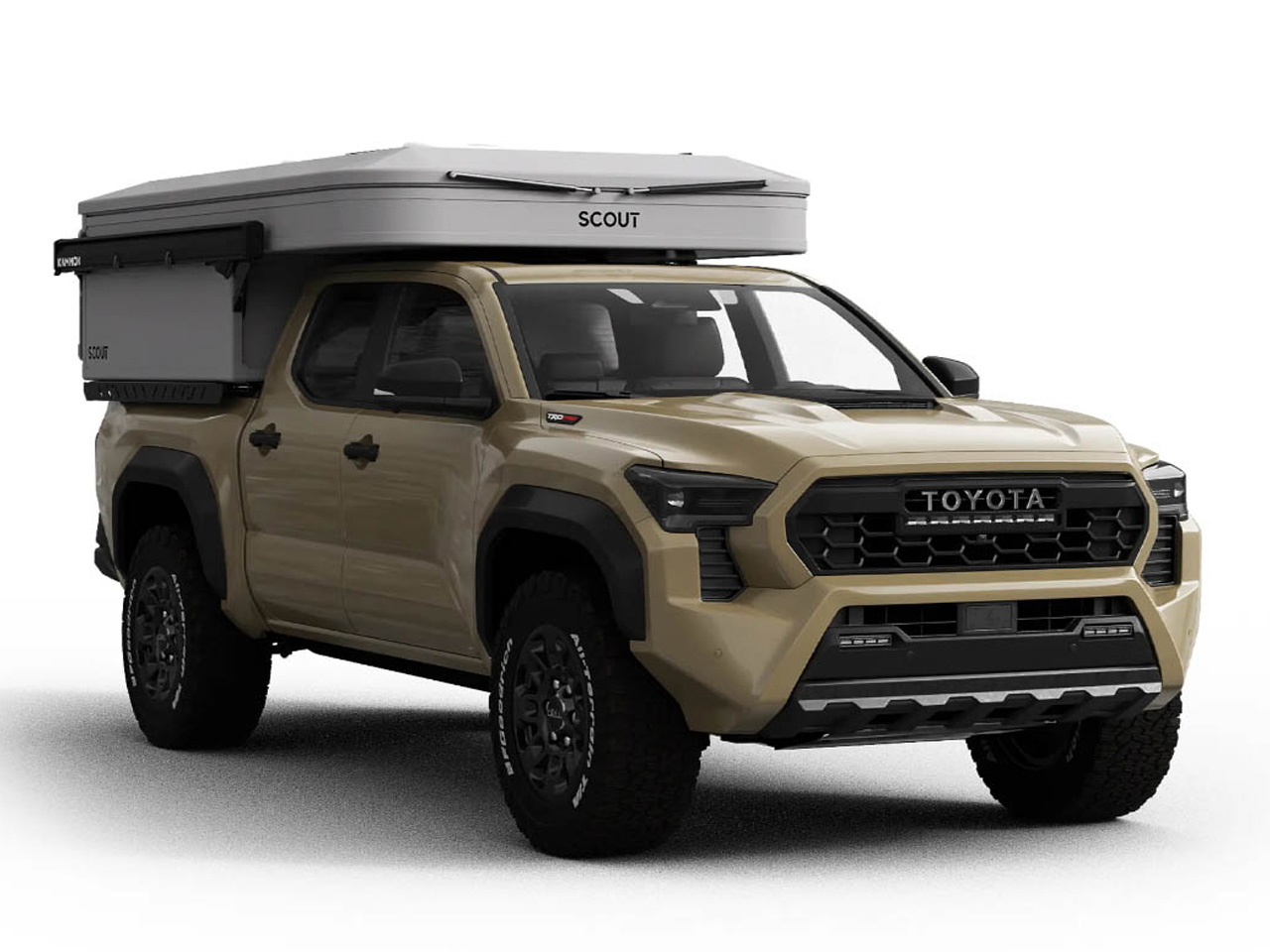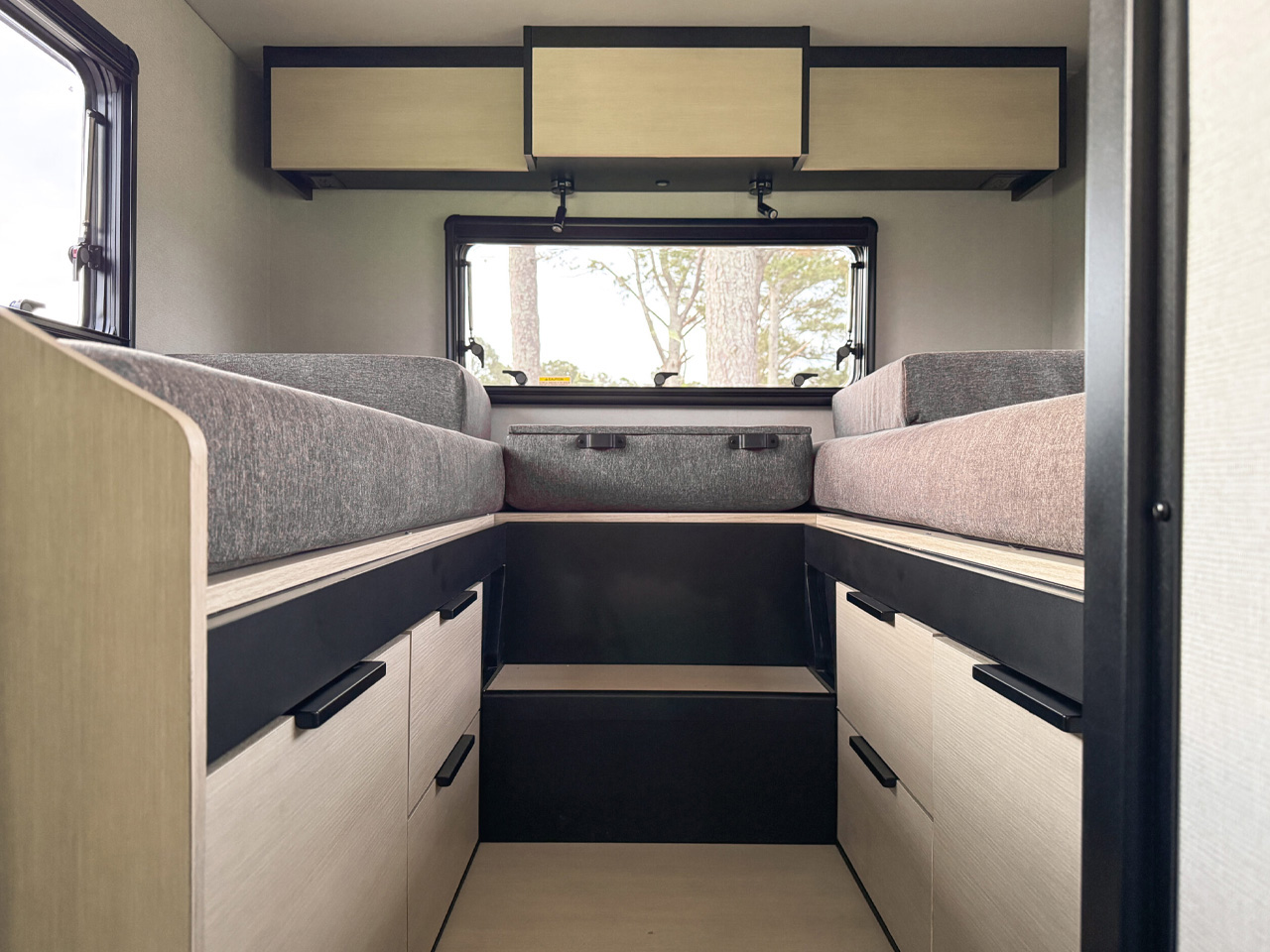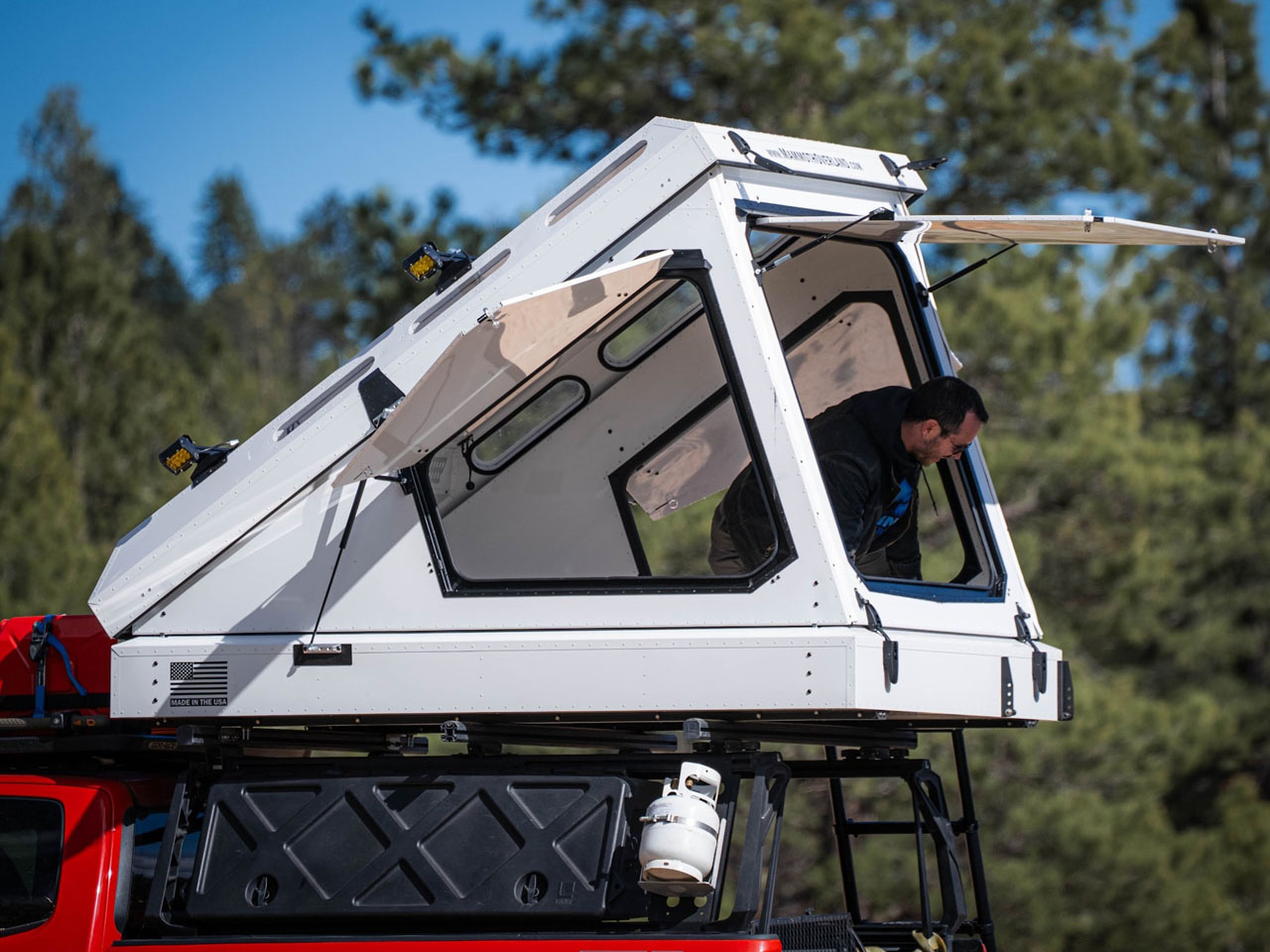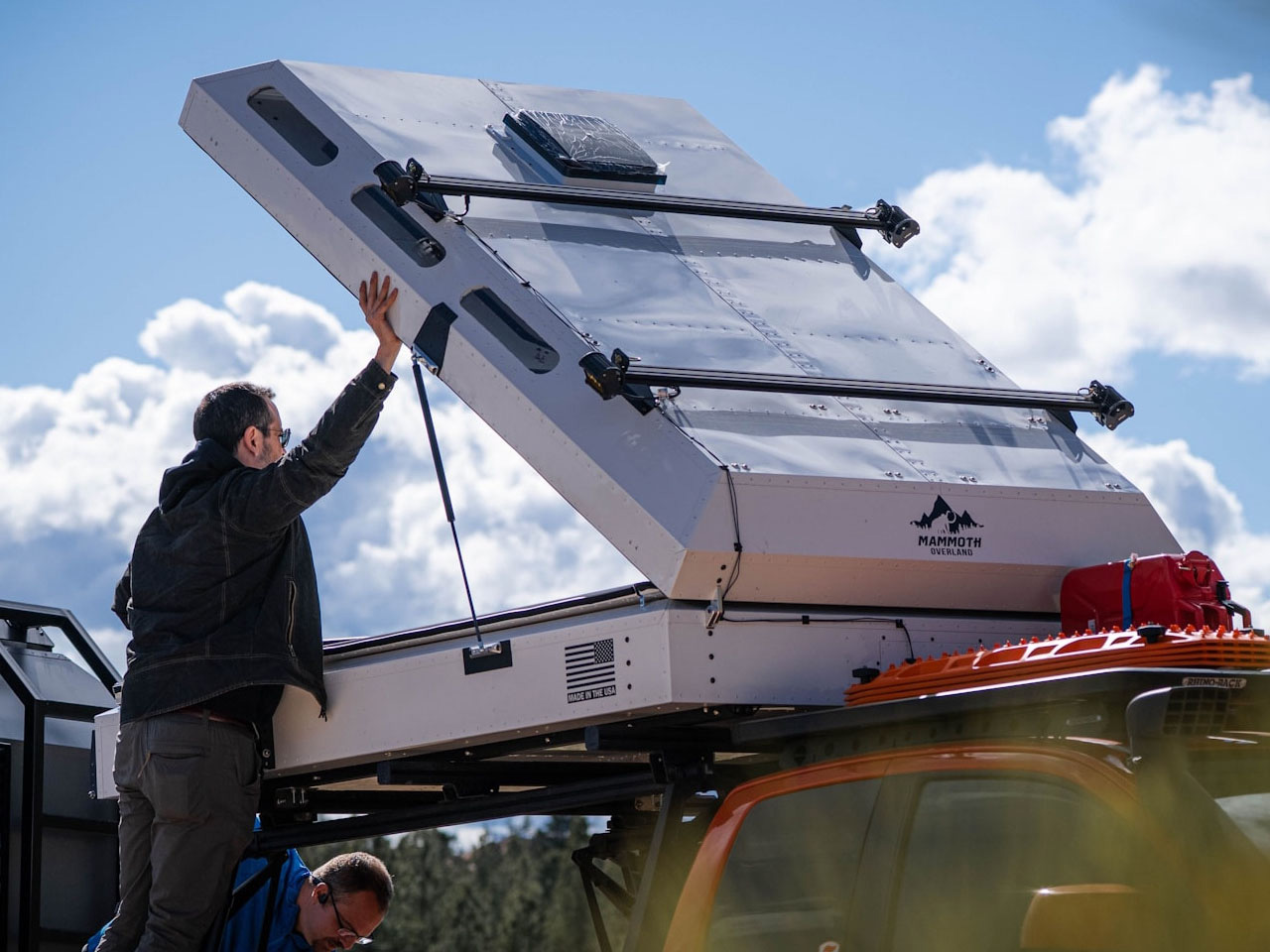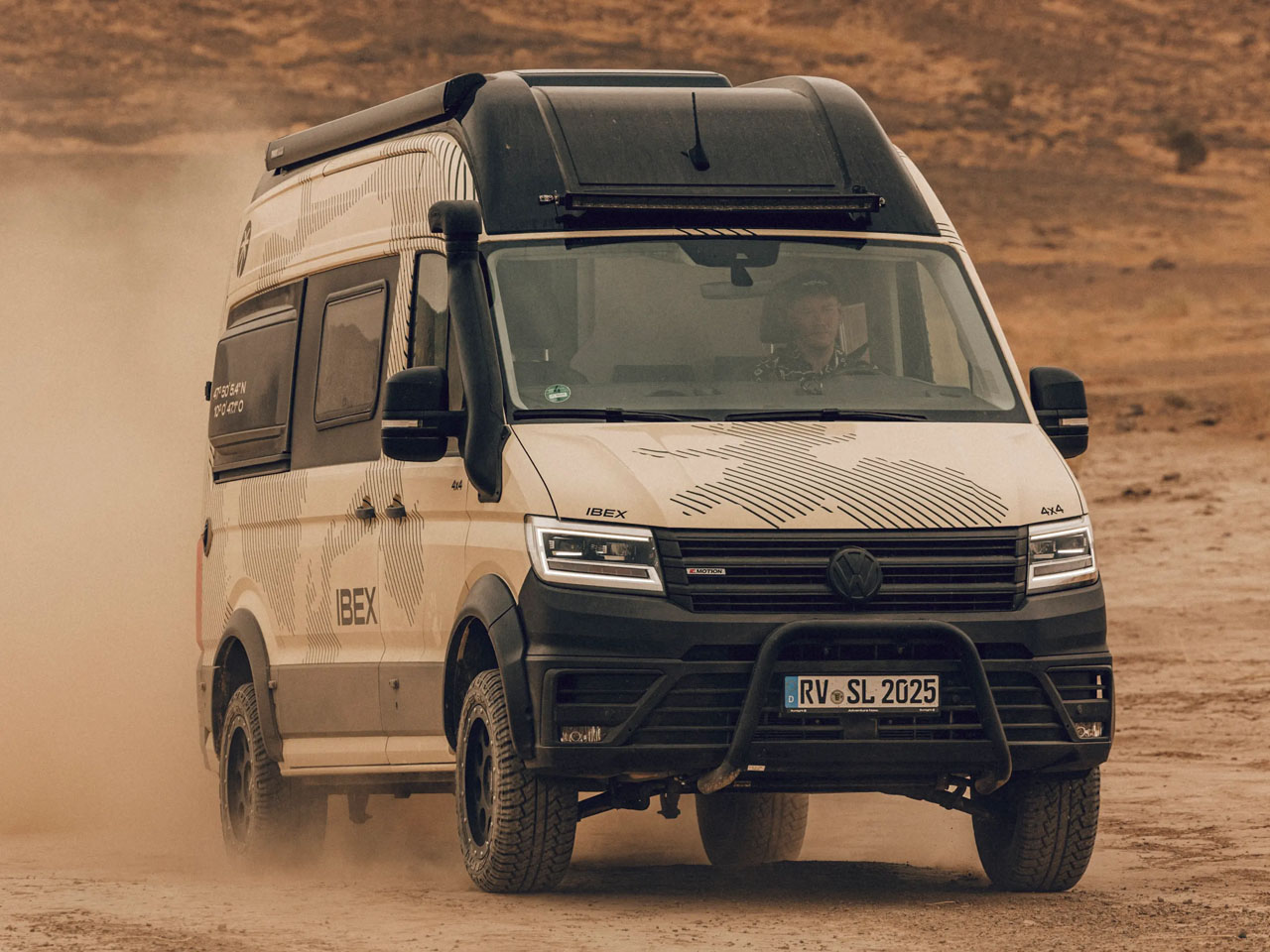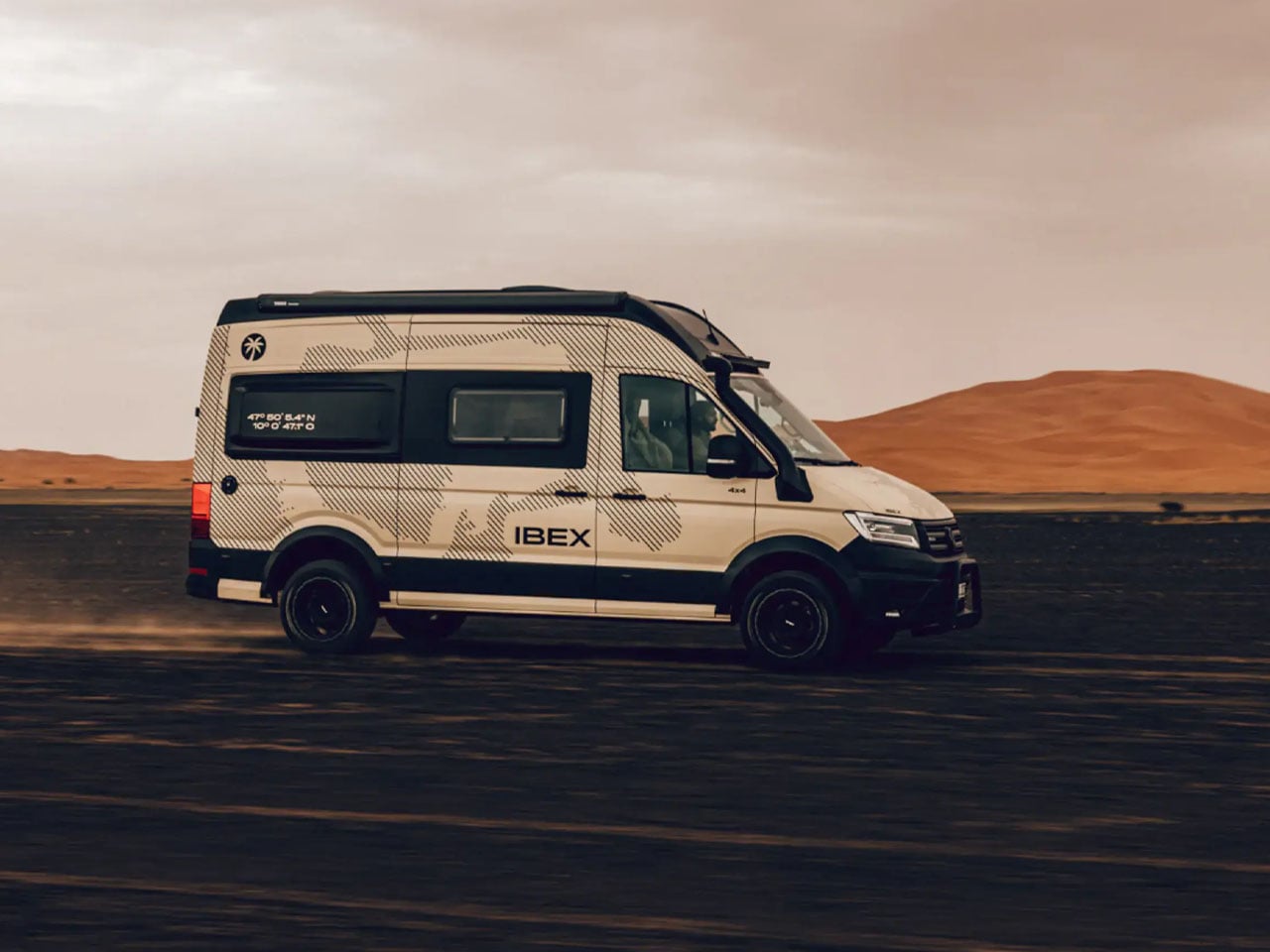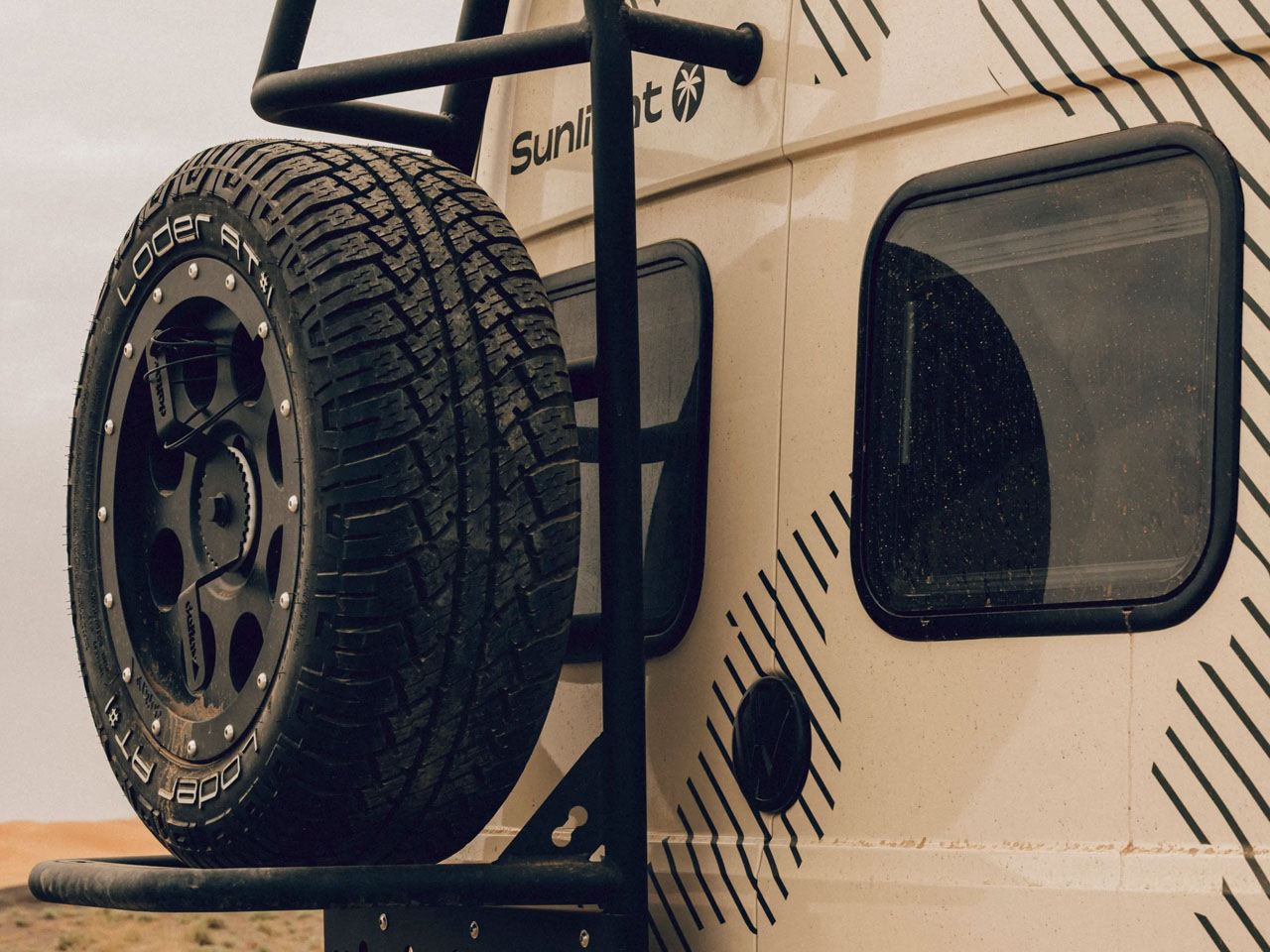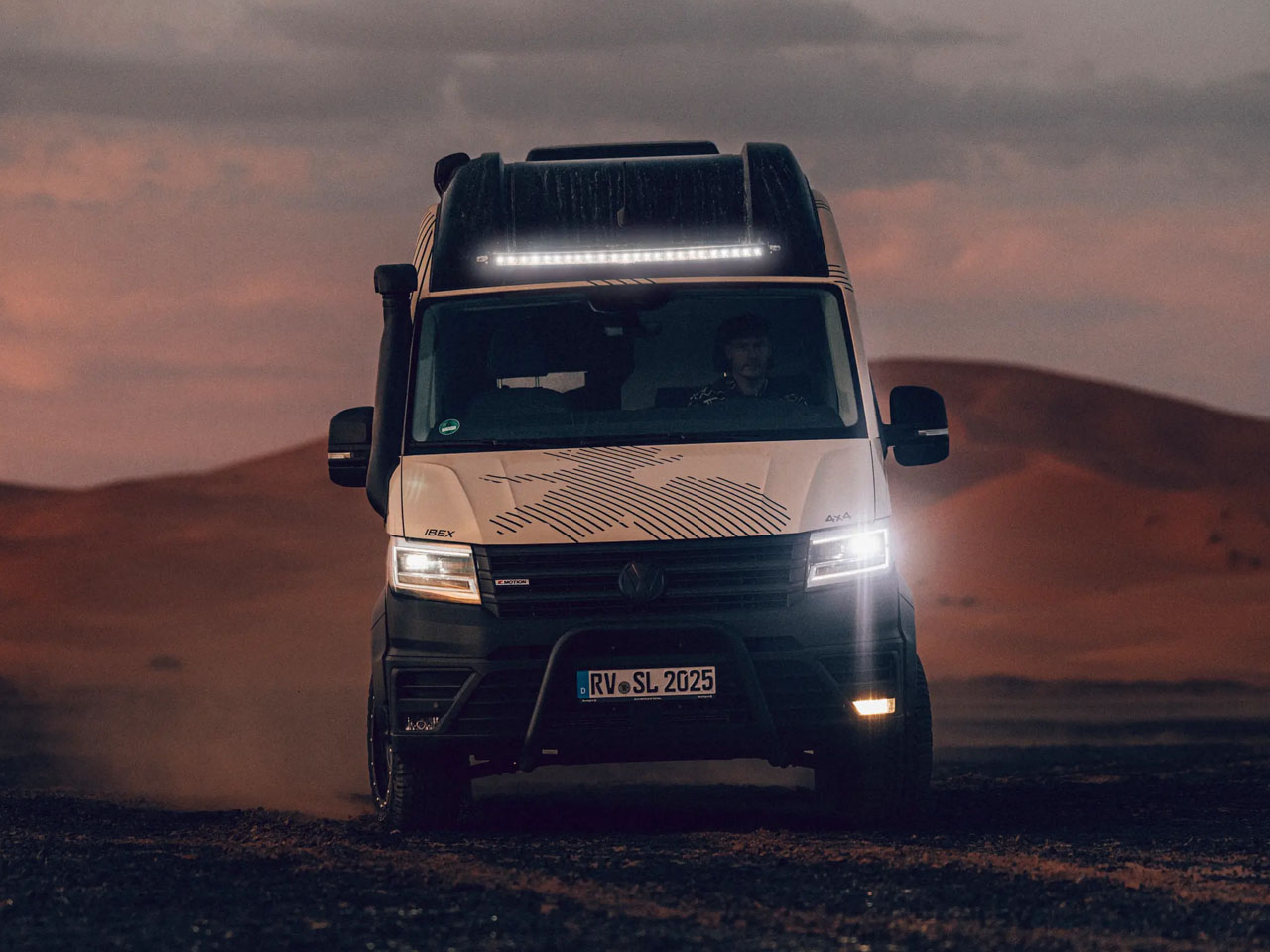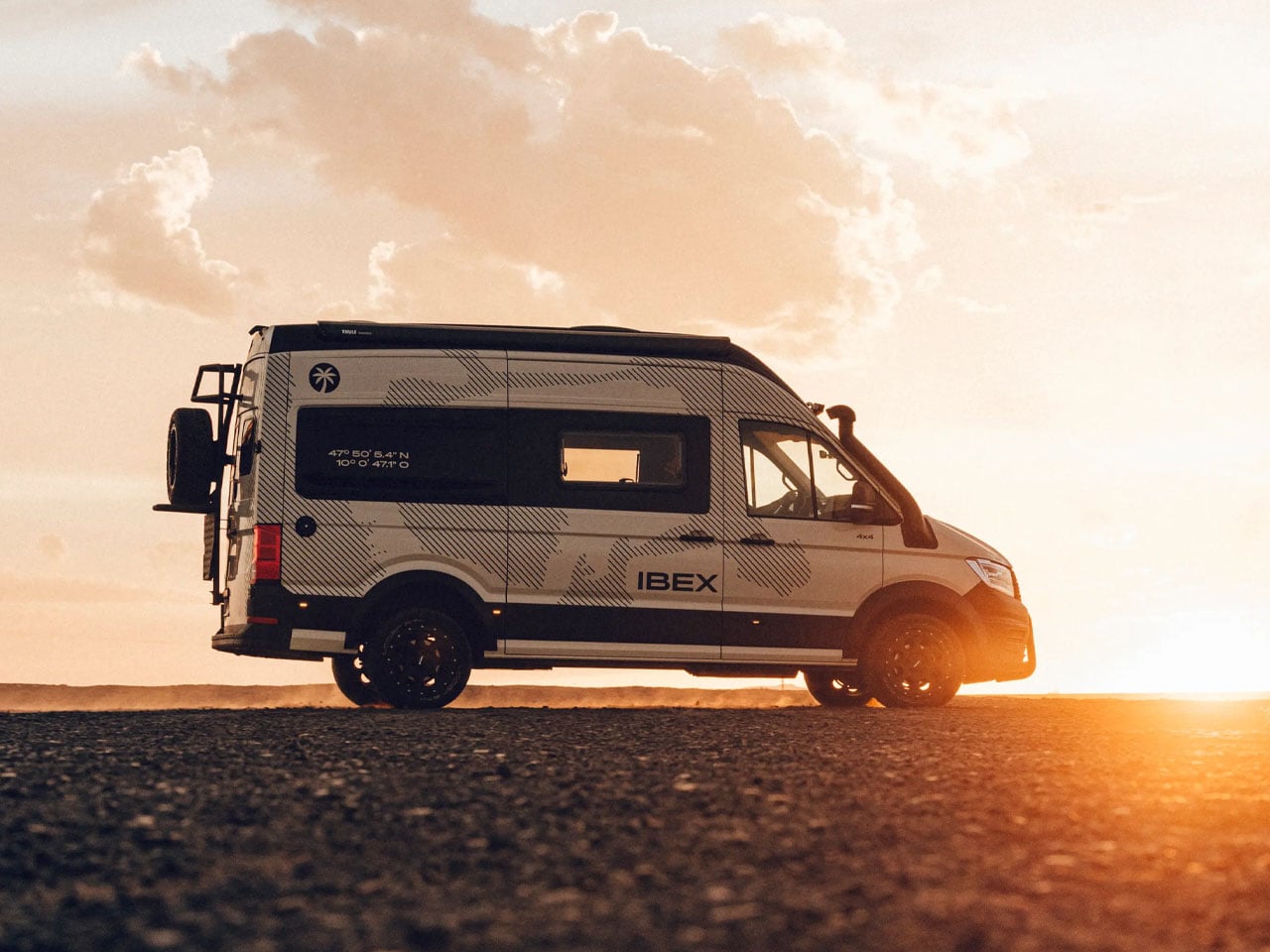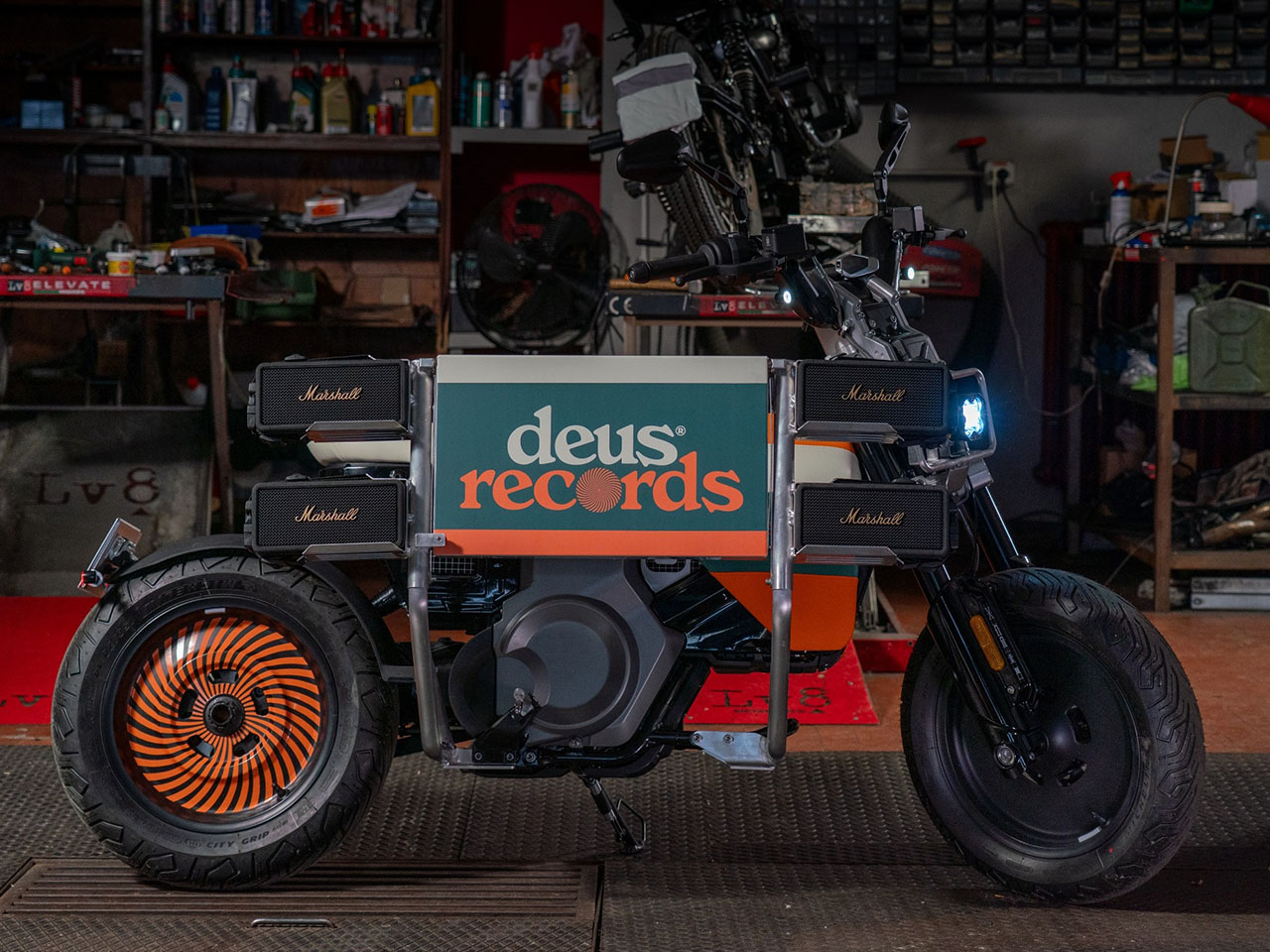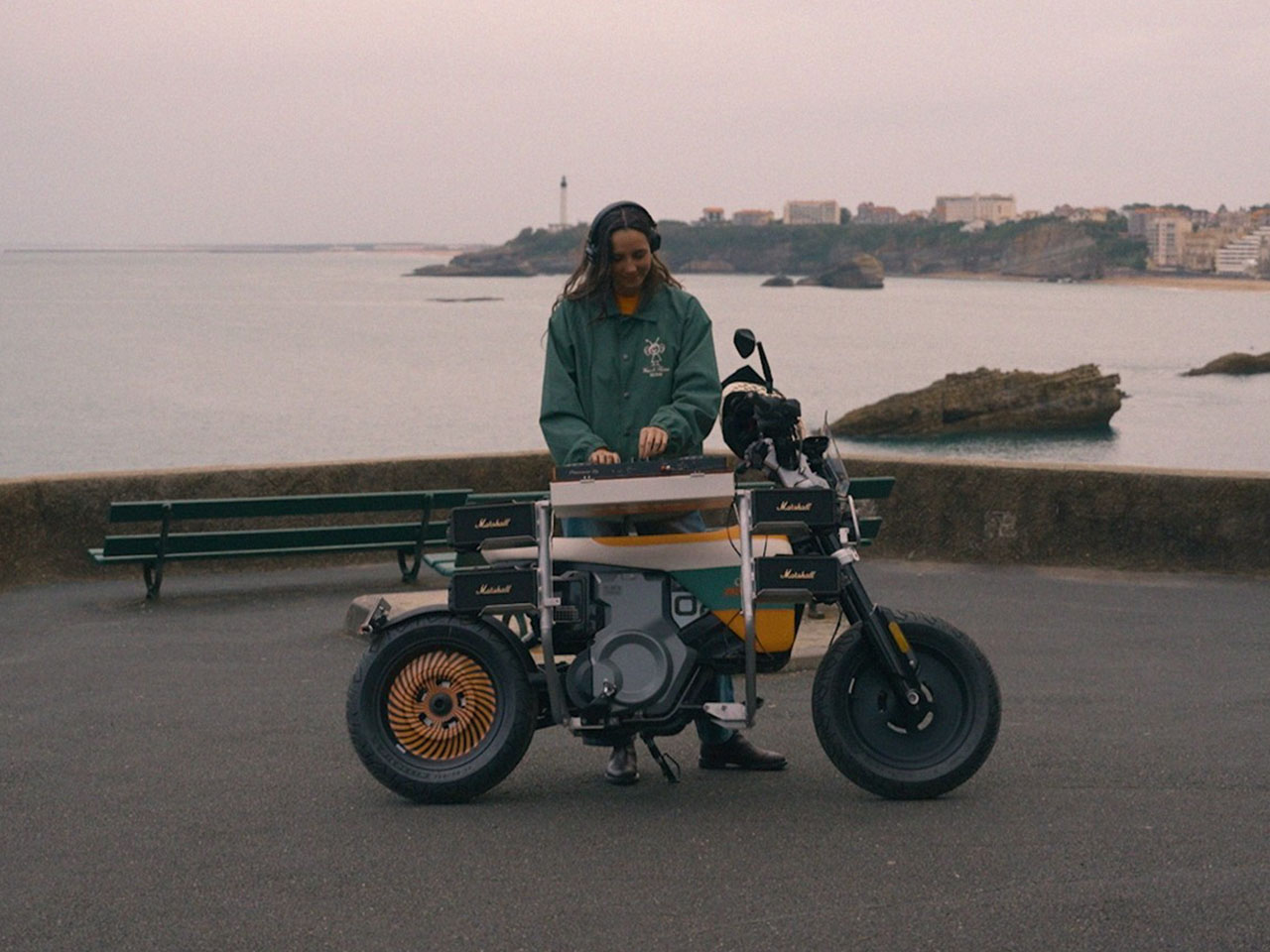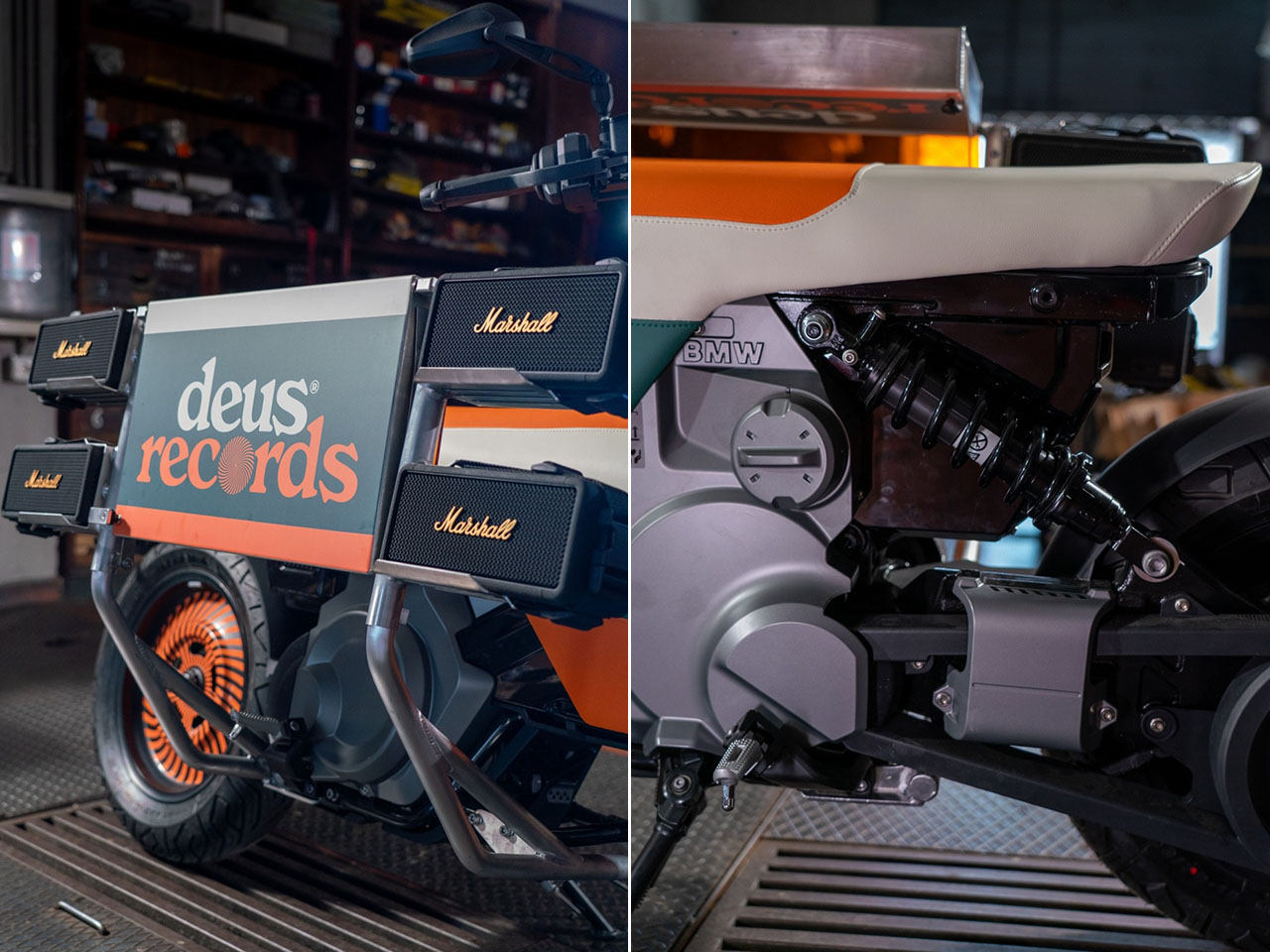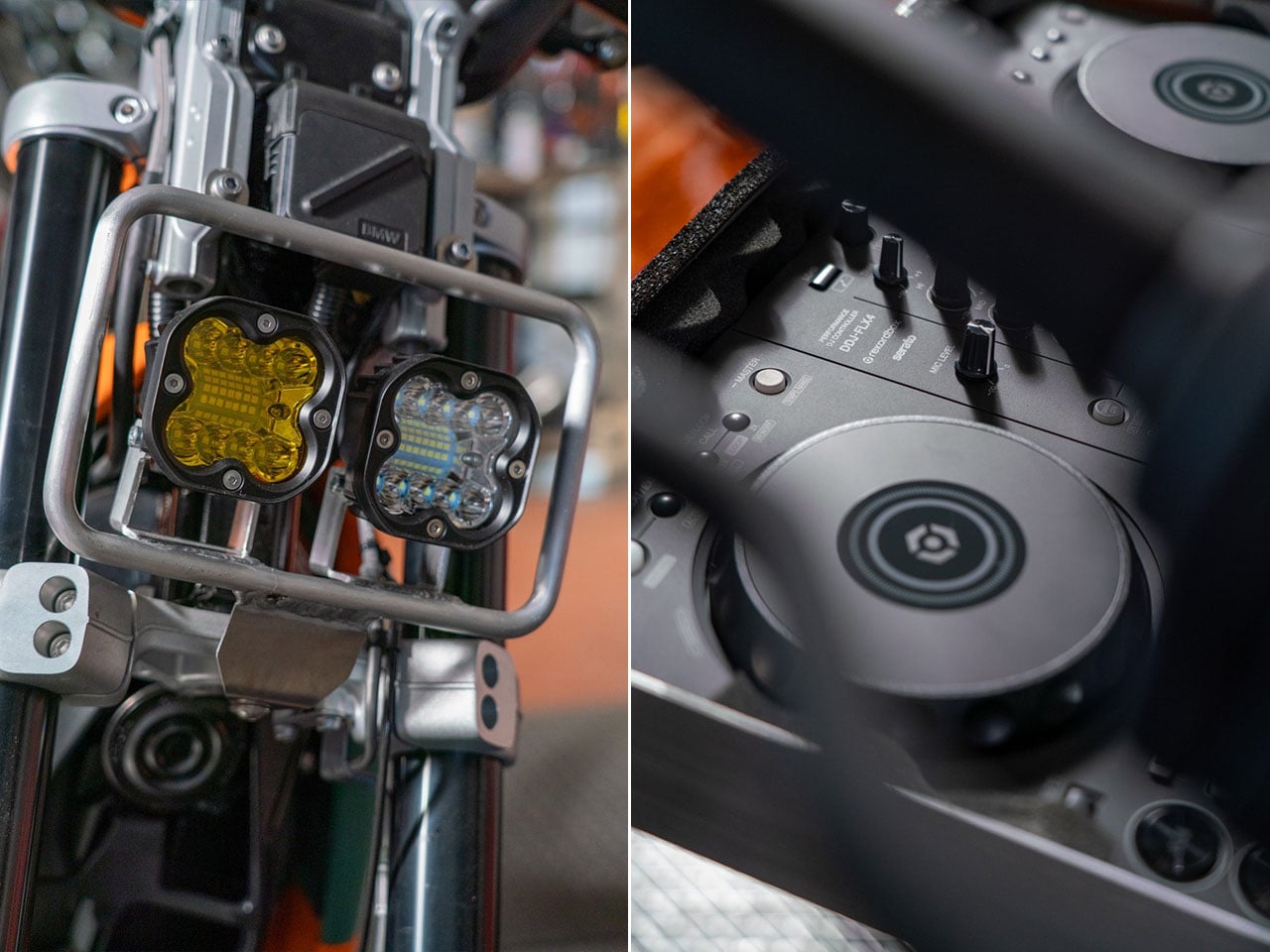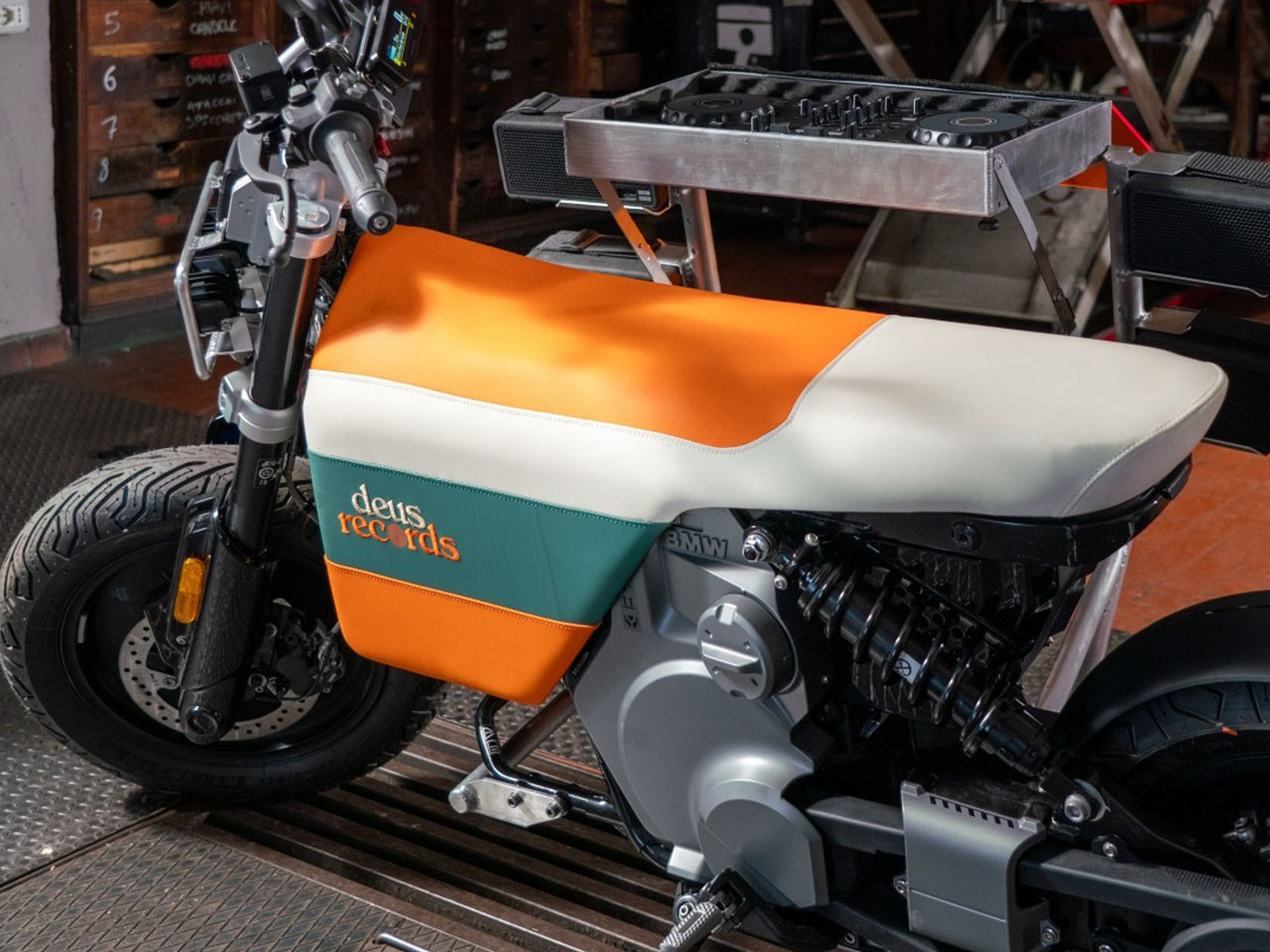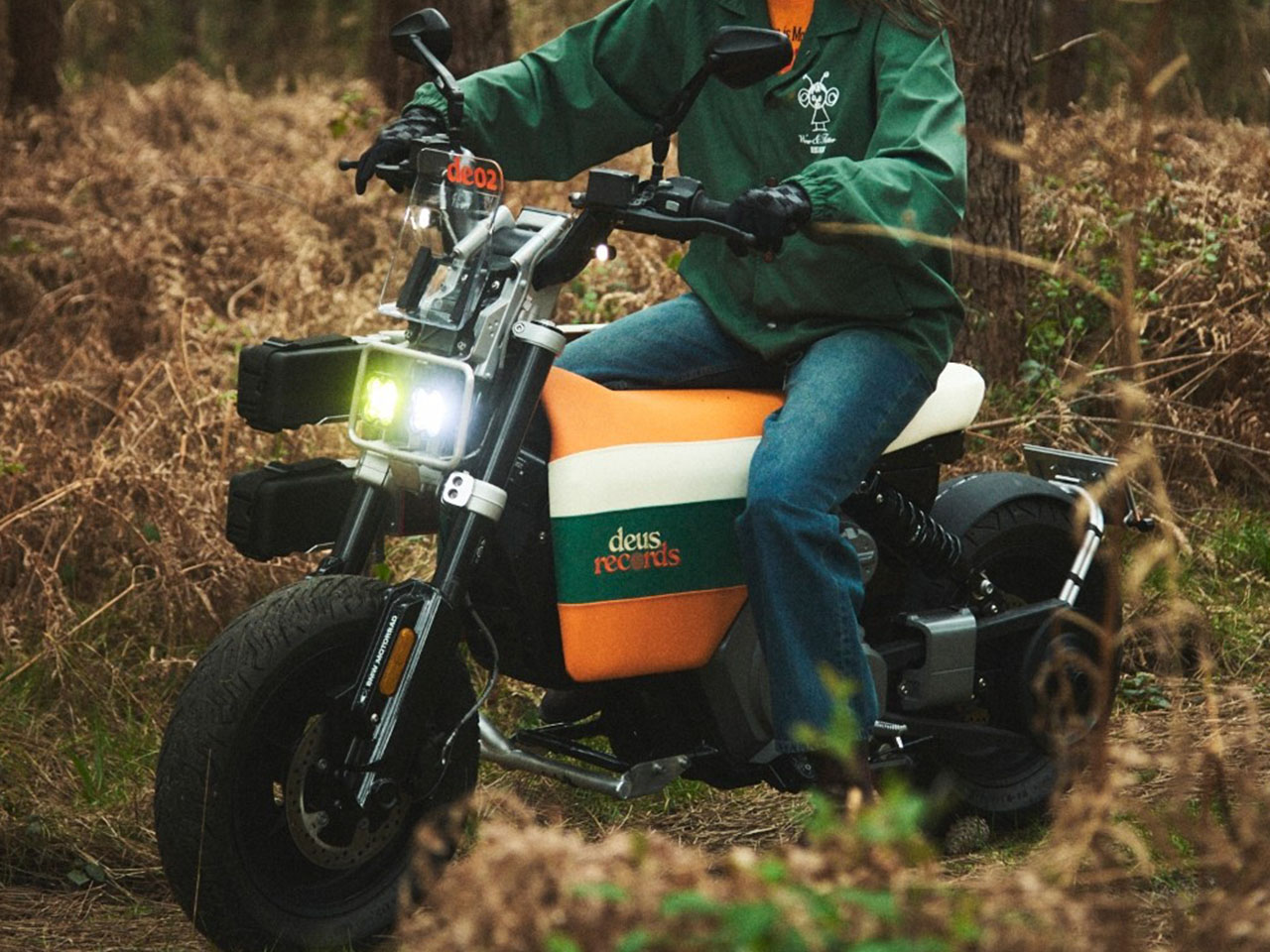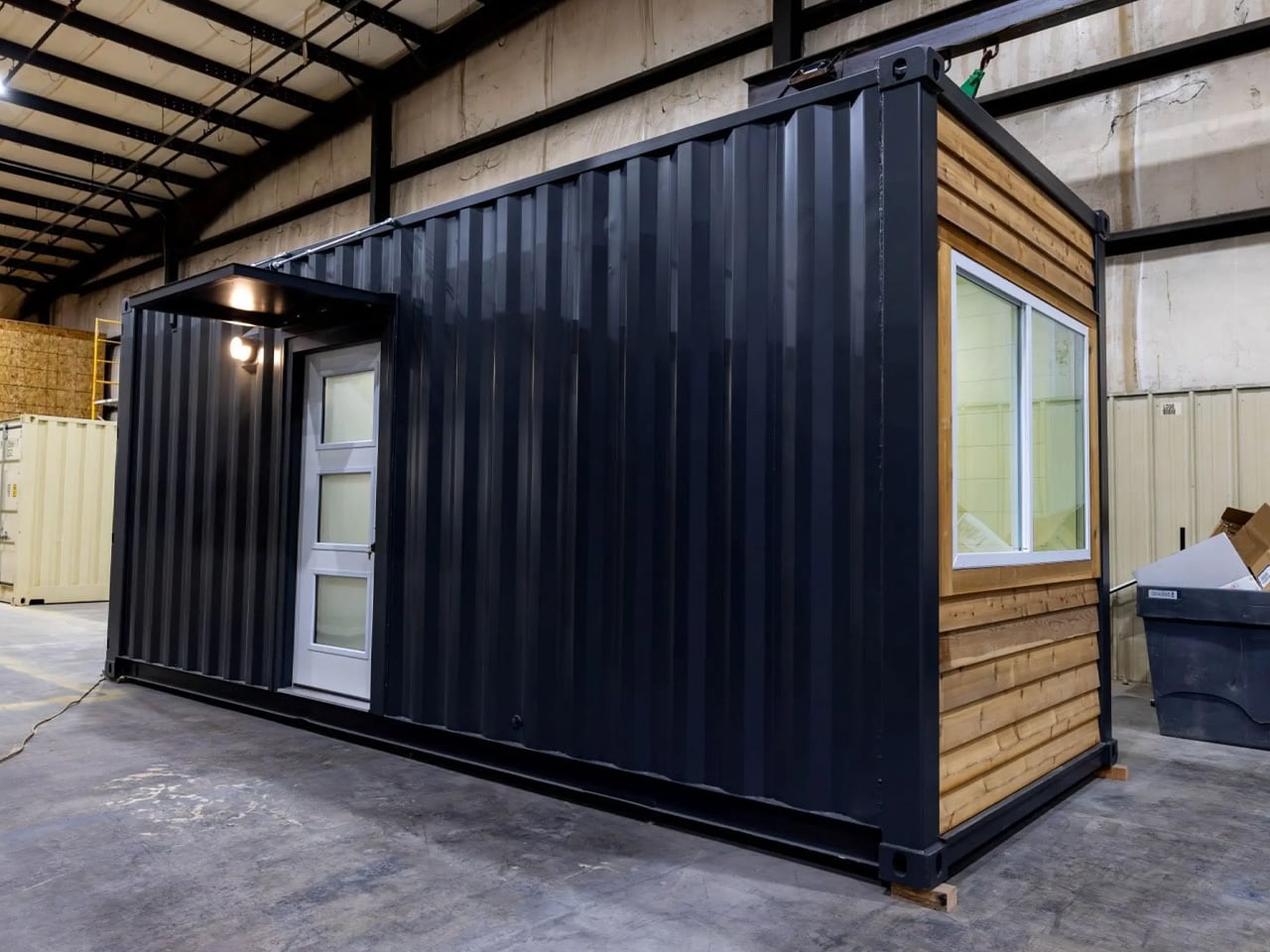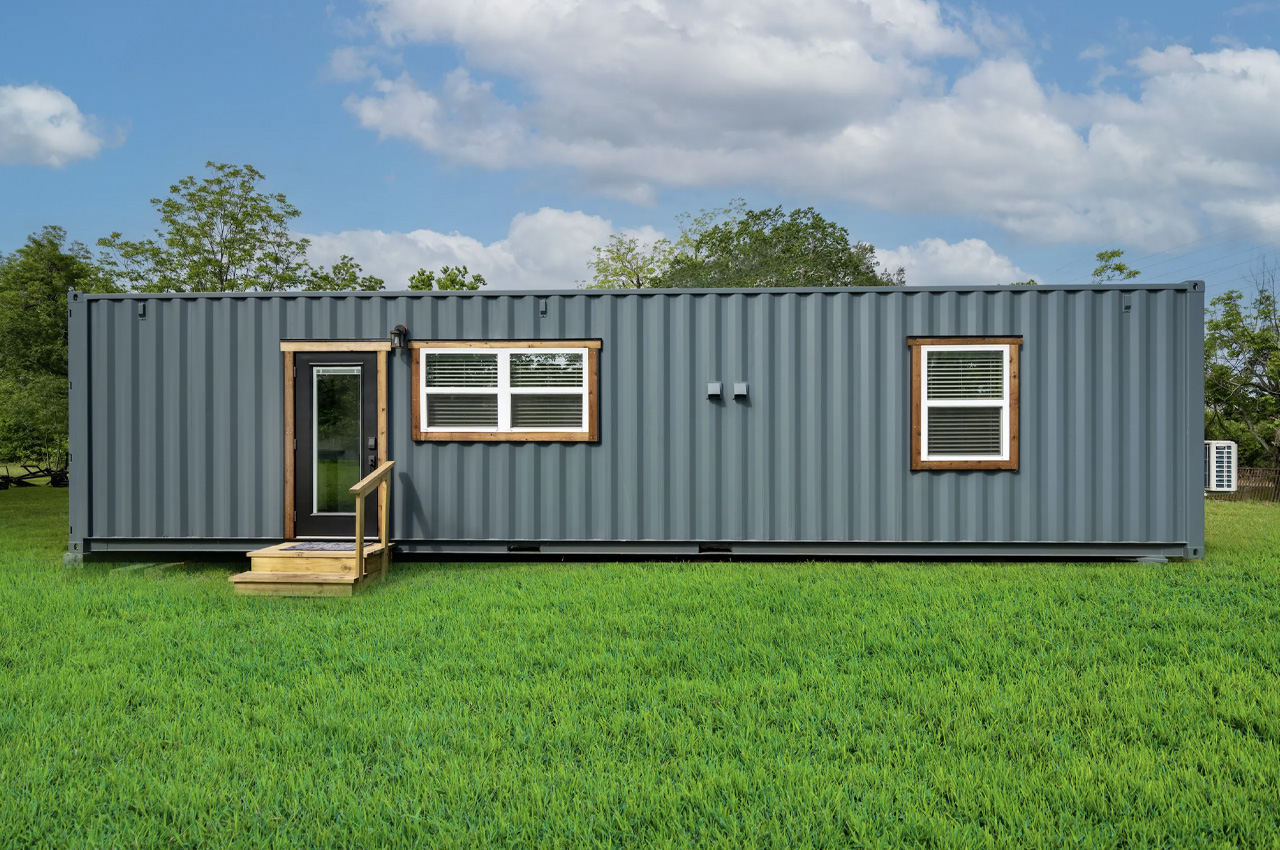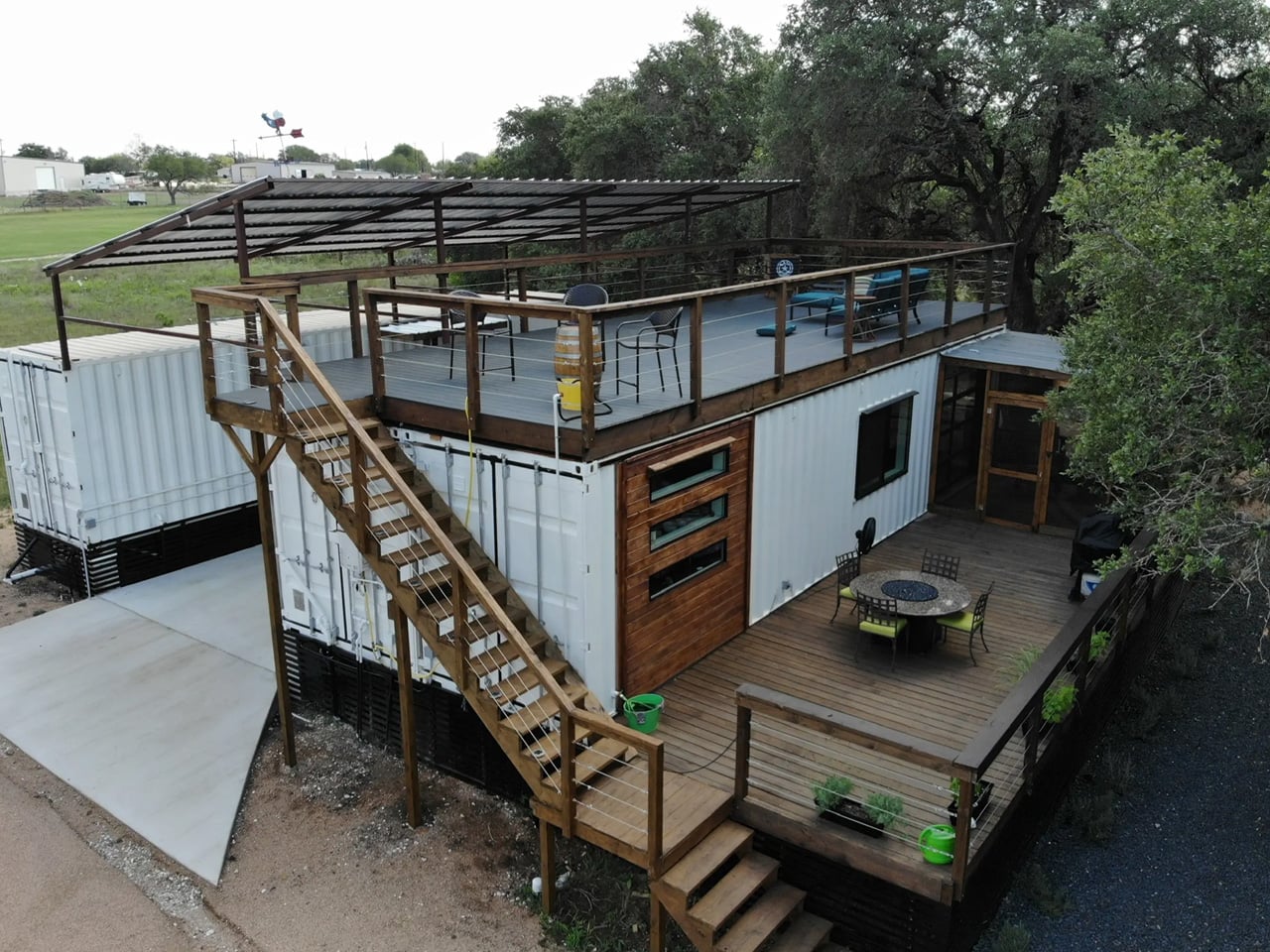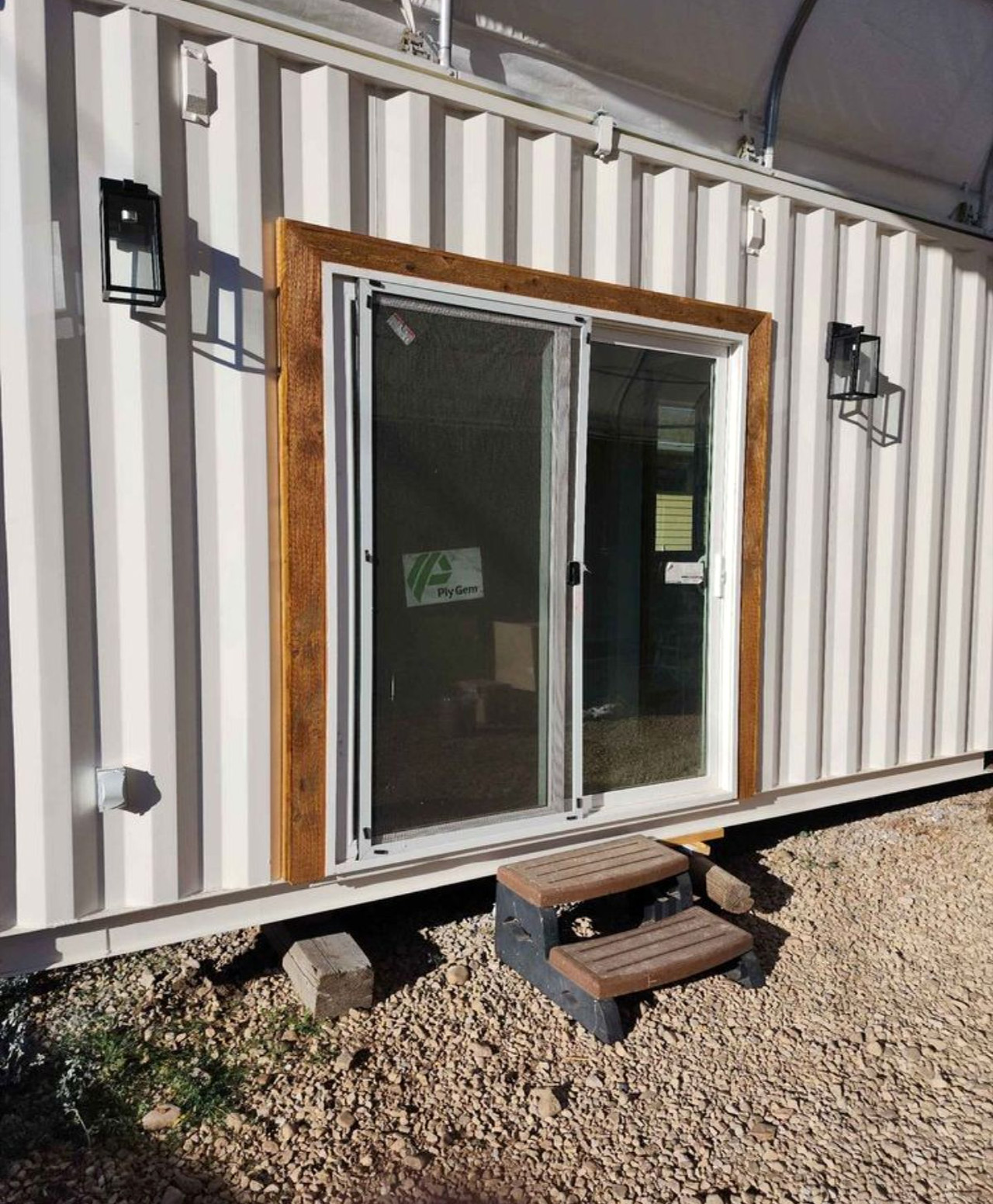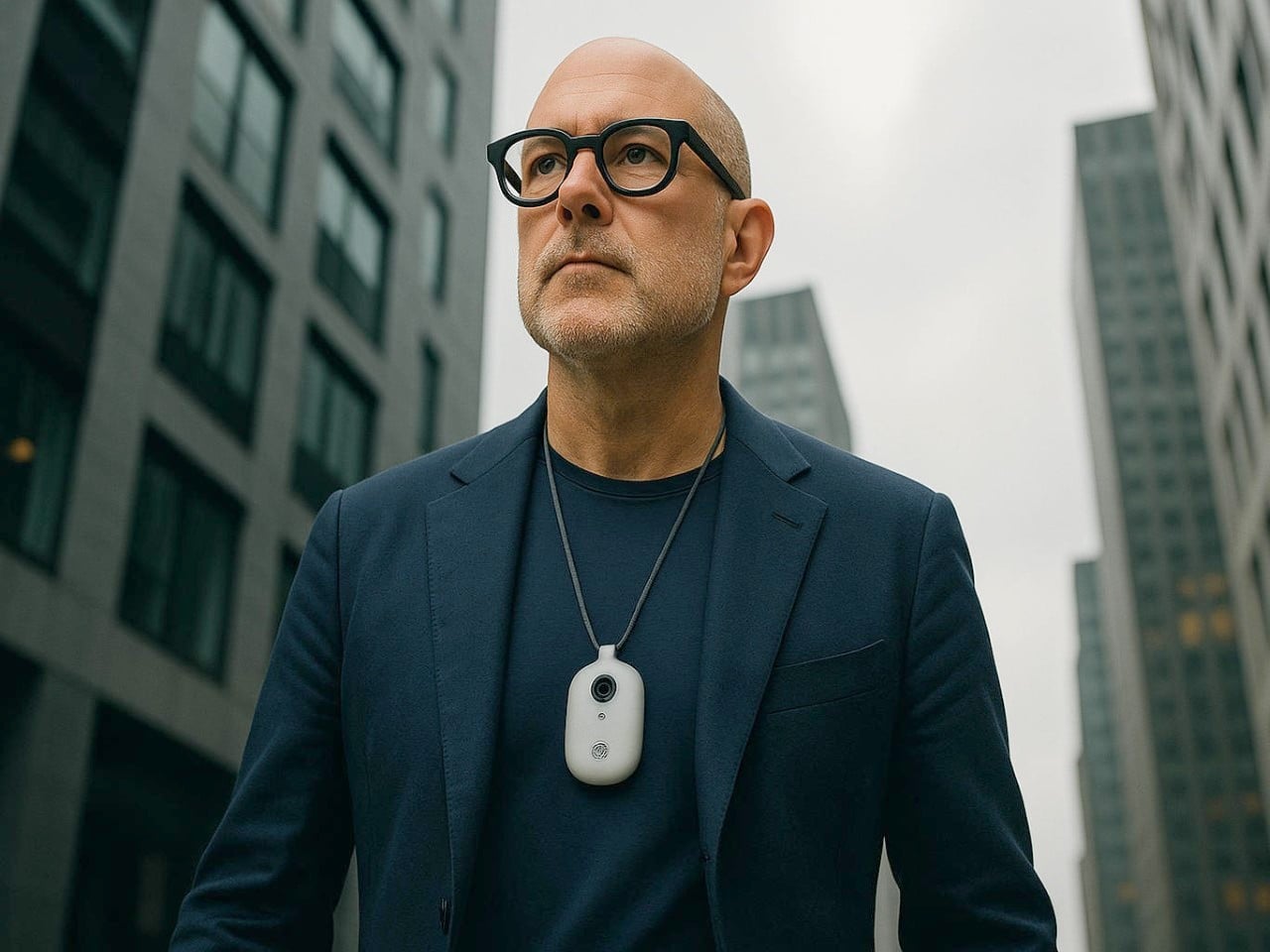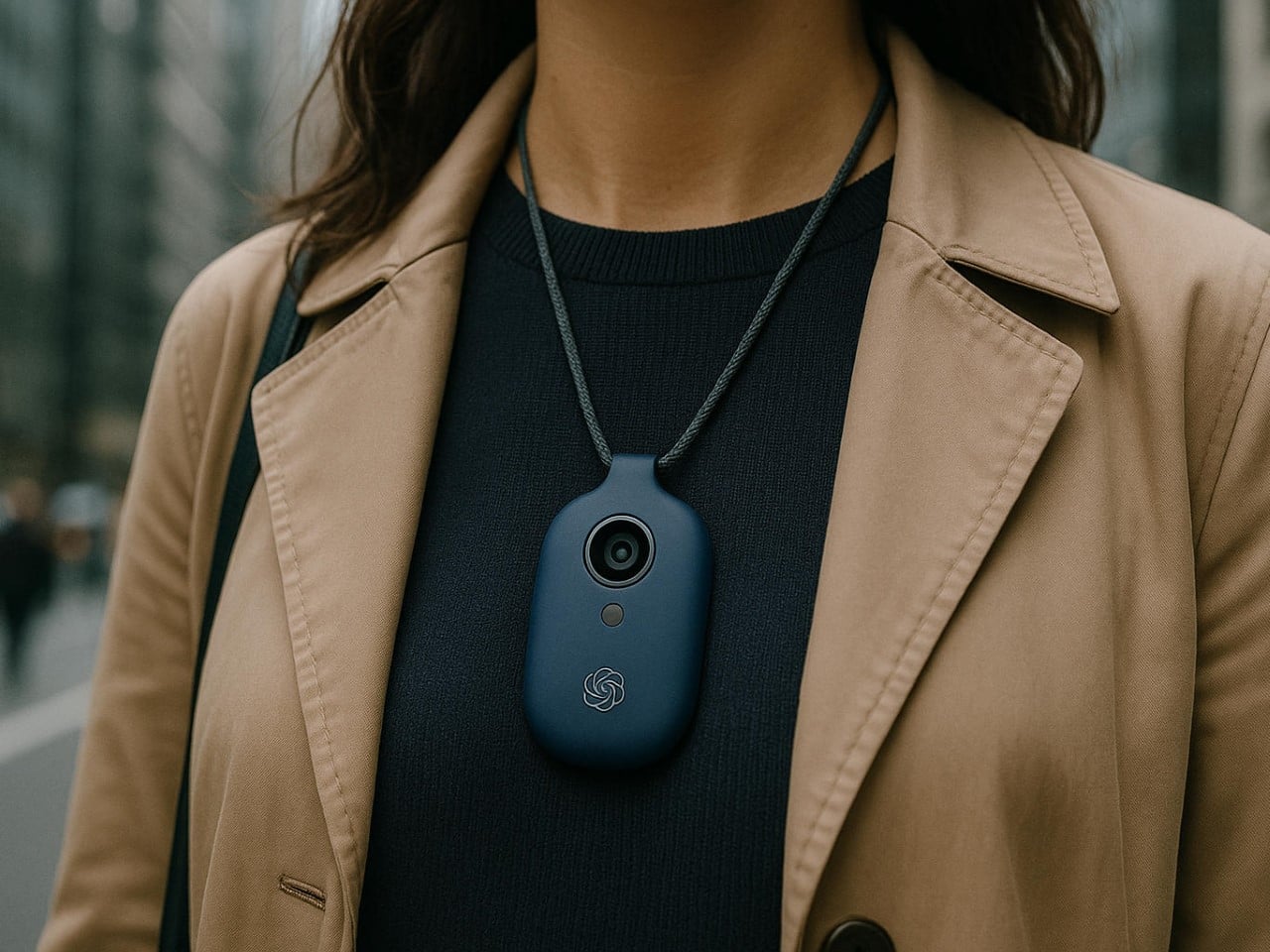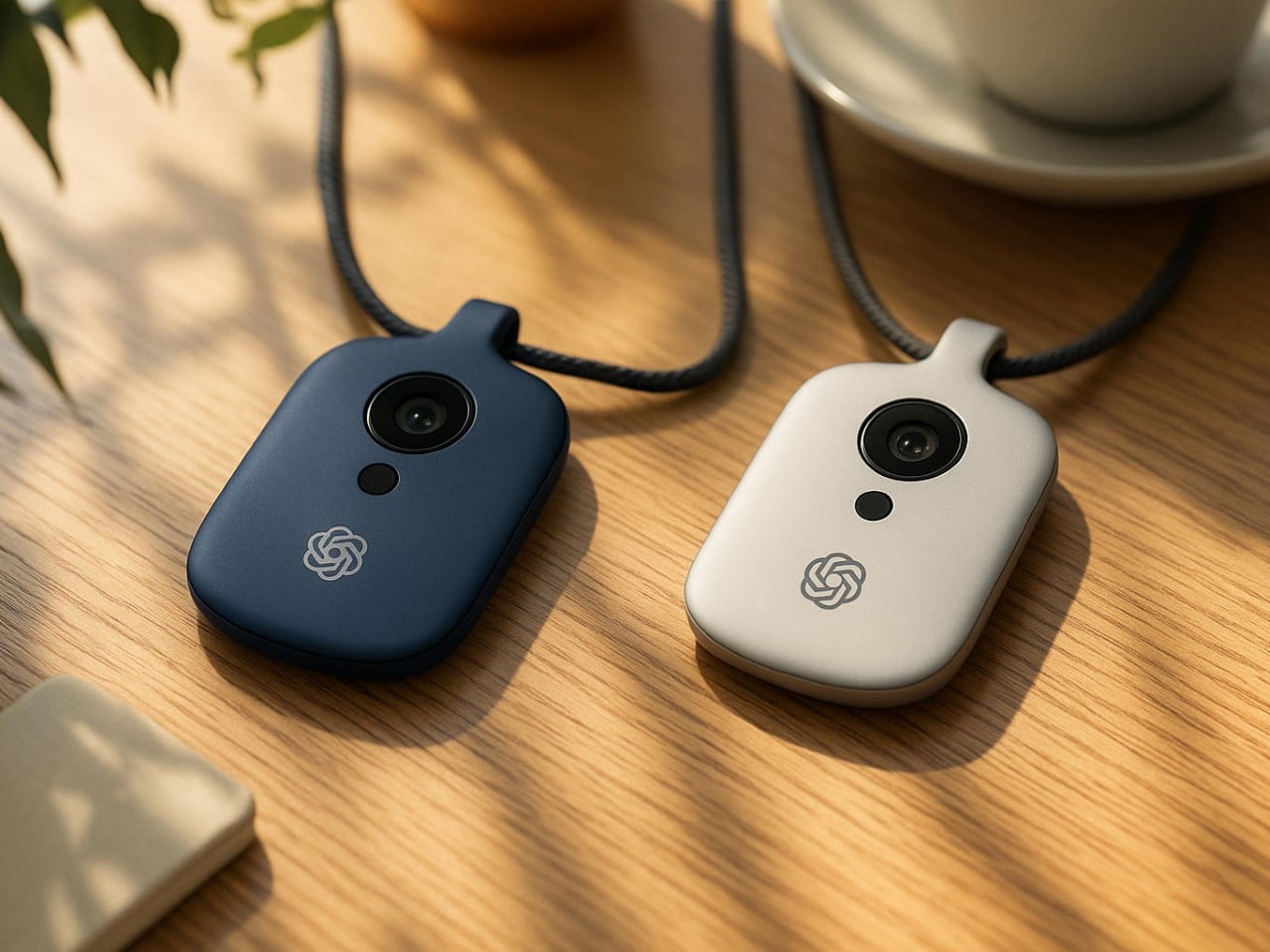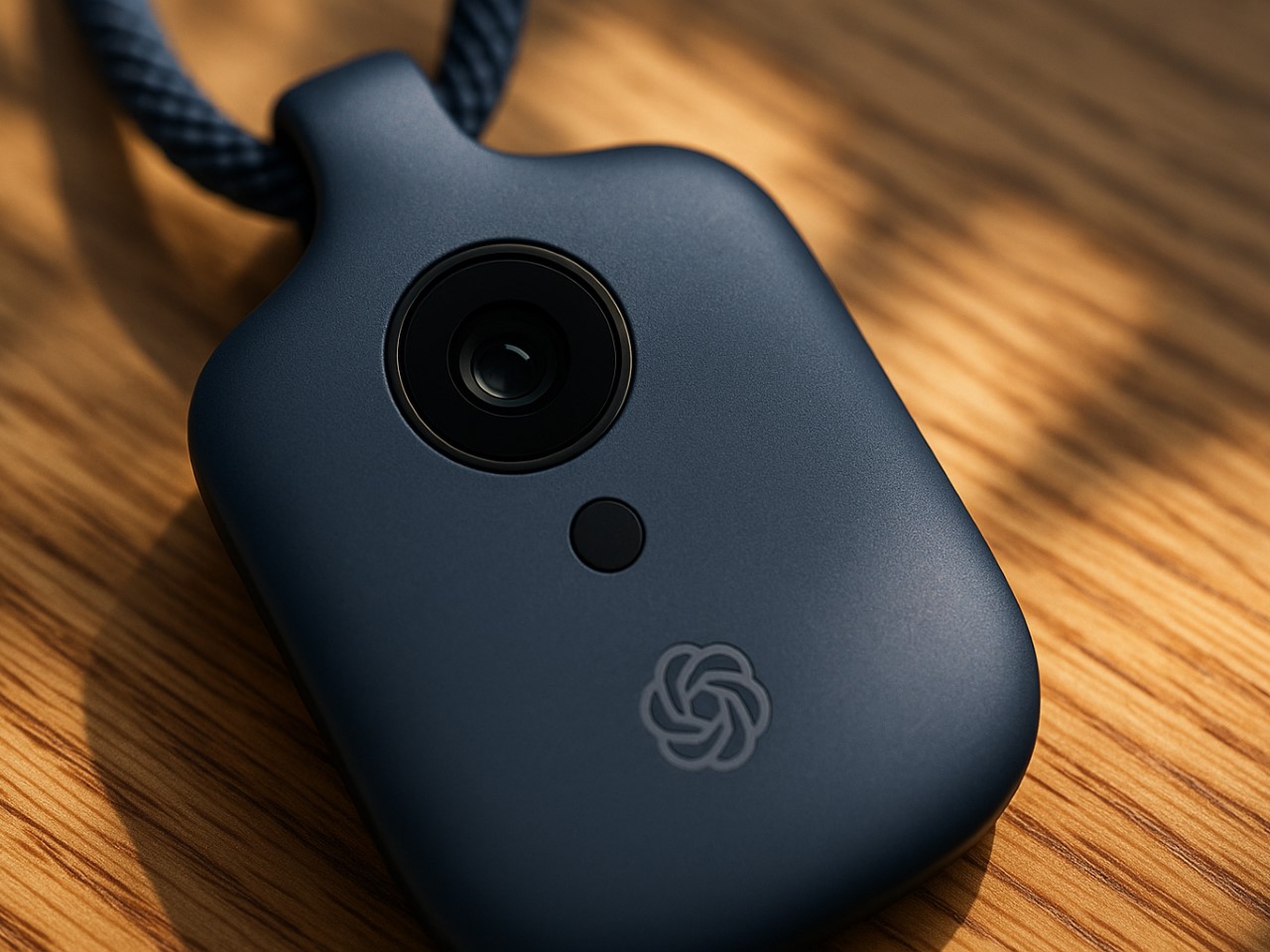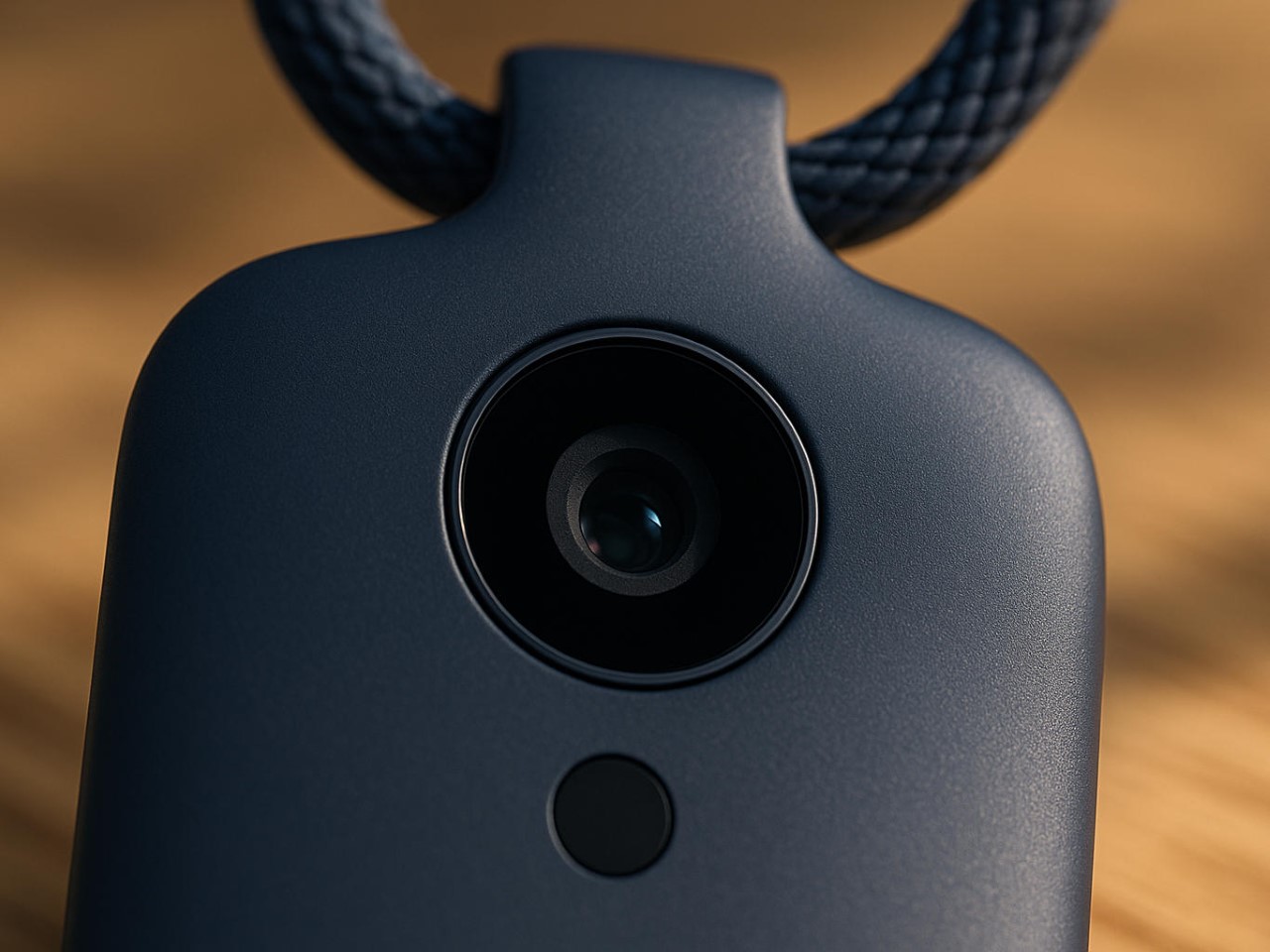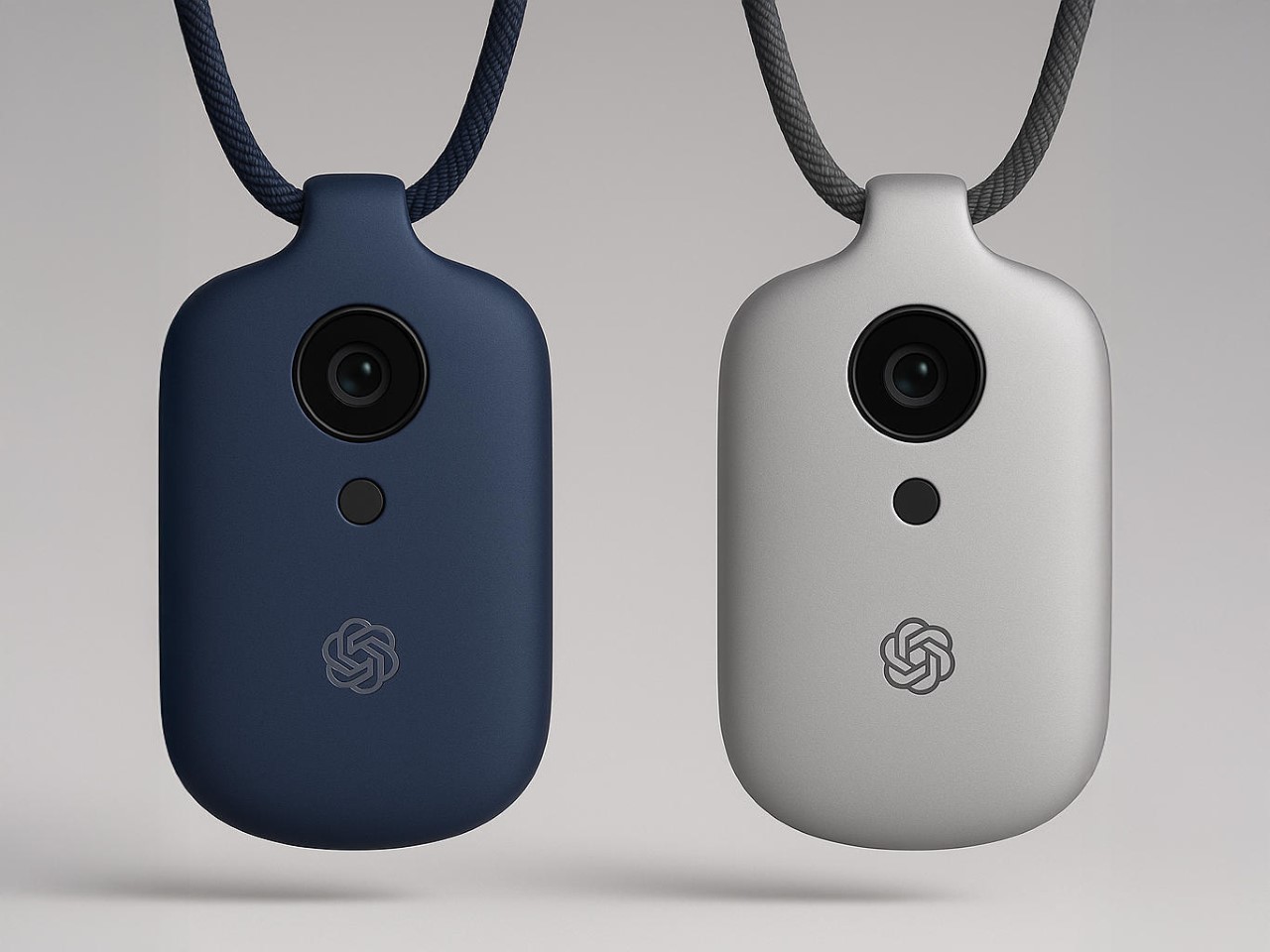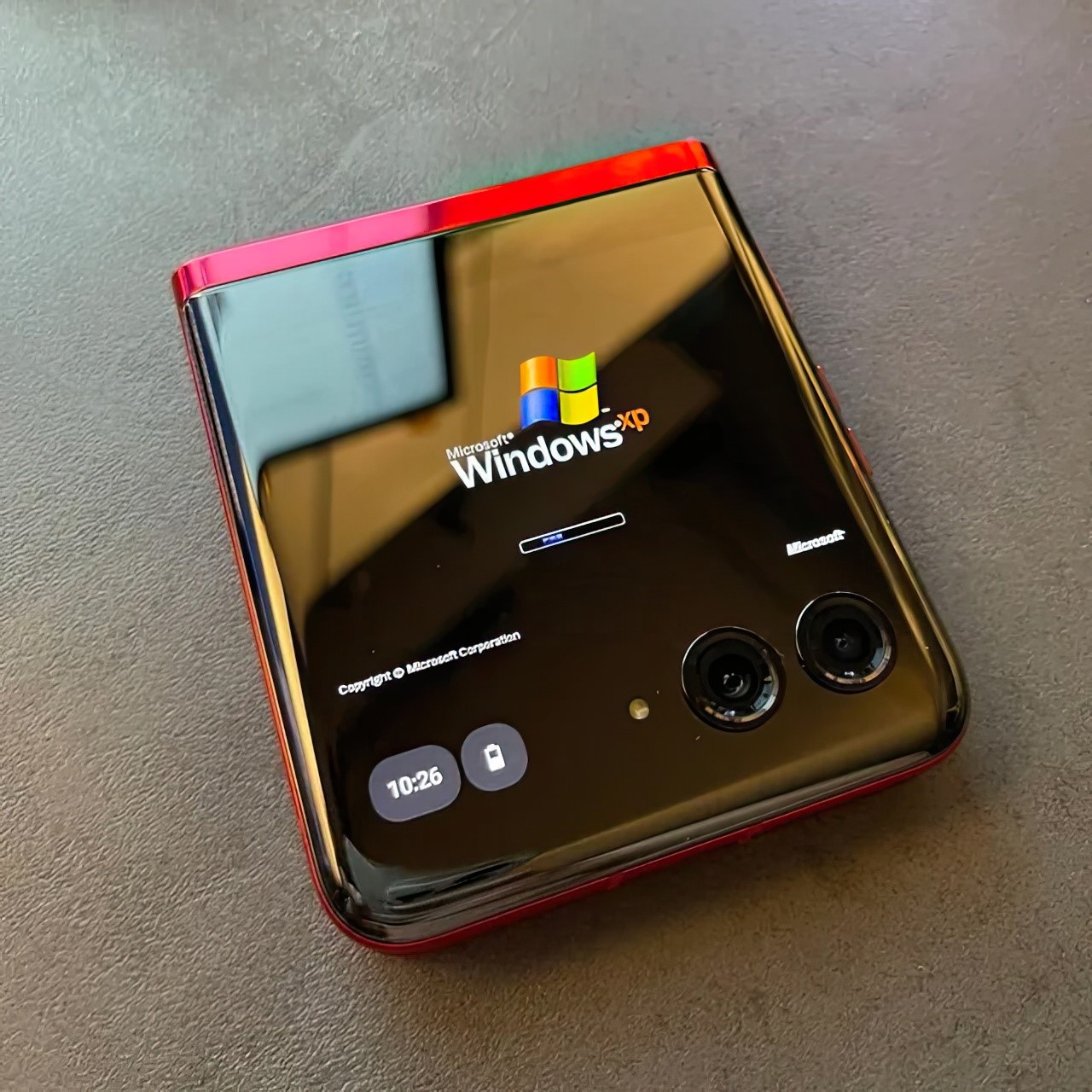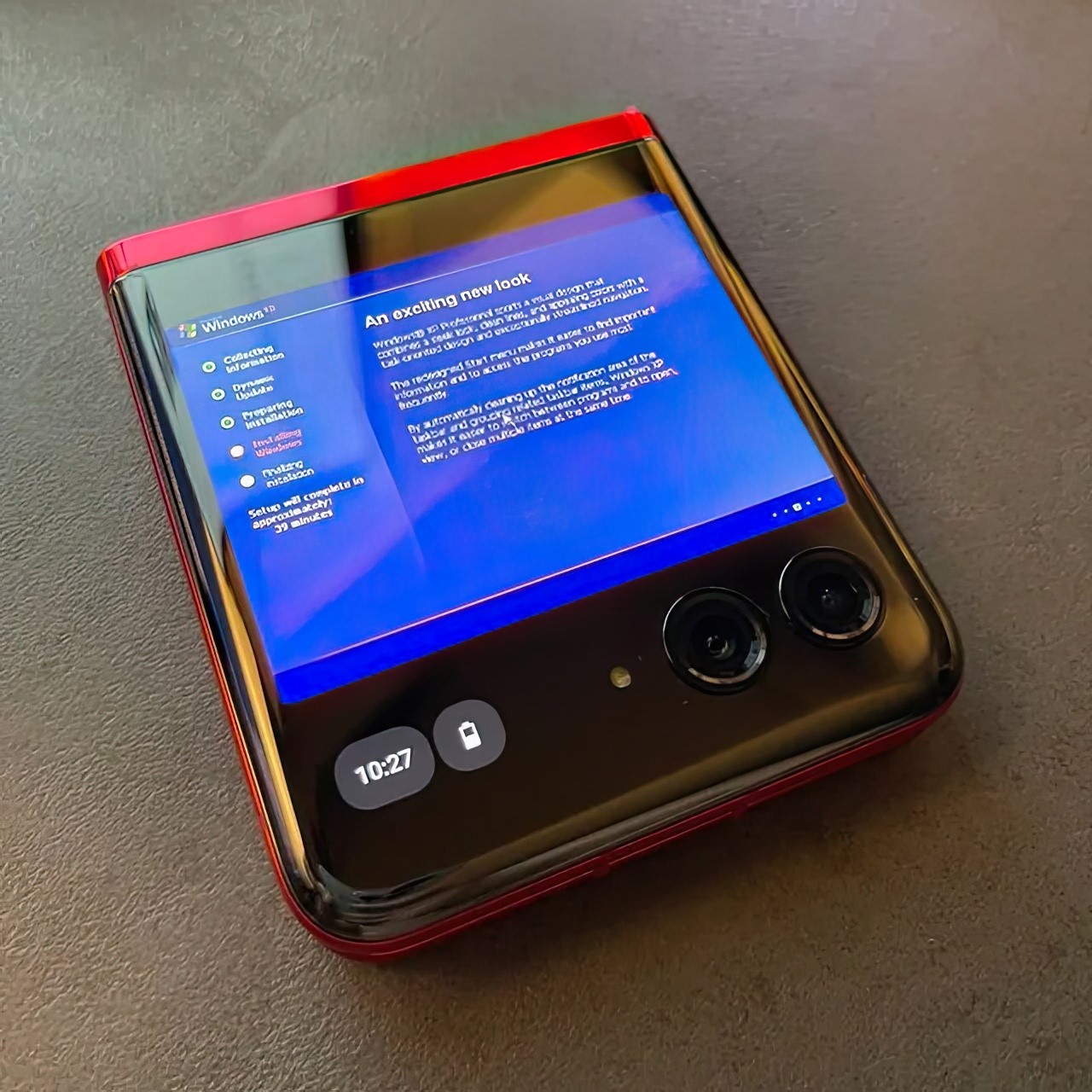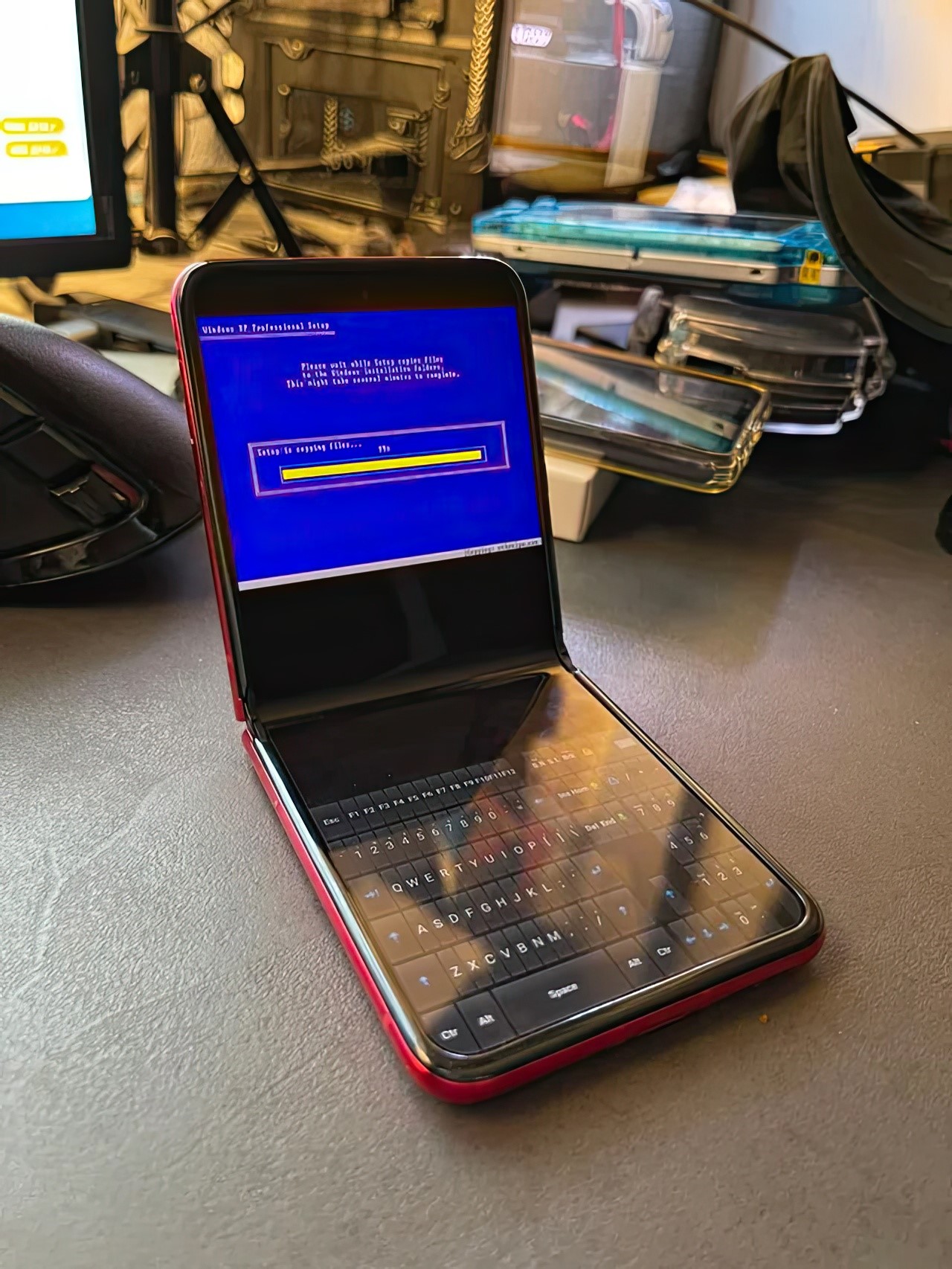Best Budget Kitchen Tools For Beginner Chefs: 5 Must-Haves Under $100

Starting your culinary journey shouldn’t require emptying your wallet or cluttering your countertops with unnecessary tools and gadgets. The most accomplished home cooks understand that delicious meals emerge from mastering a few essential tools rather than collecting every kitchen contraption imaginable. These five kitchen essentials feature an intersection of clever design, practical functionality, and accessible pricing that transforms novice cooks into confident culinary creators.
From Japanese craftsmanship that brings centuries of blade-making tradition to your cutting board, to innovative designs that transform how we interact with our cooking tools, this collection offers both aesthetic appeal and daily usability. The beauty of these selections lies not just in their individual capabilities but in how they work together to create a cohesive cooking experience that grows with your skills and confidence in the kitchen.
1. Iron Frying Plate

The Iron Frying Plate breaks down the barrier between cooking vessel and serving dish. This innovative tool transforms the traditional frying pan into a multifunctional piece that serves both as your cooking surface and your plate. Crafted from 1.6mm-thick mill-scale steel, this beautifully engineered piece brings restaurant-quality searing capabilities to your home kitchen while maintaining rustic elegance that makes it worthy of your dining table. The detachable wooden handle system allows seamless transition from stovetop to table.
The mill scale steel surface develops natural non-stick properties through use, becoming more seasoned and effective with each cooking session. The rust-resistant finish means you can focus on perfecting culinary techniques rather than worrying about maintenance complexities that often discourage beginner cooks. Working with quality steel cookware teaches essential techniques like proper preheating, temperature control, and natural seasoning development.
What we like
- Eliminates the need for separate serving dishes, reducing cleanup time and kitchen clutter.
- Develops natural non-stick properties through use, improving performance over time.
What we dislike
- Requires proper seasoning and maintenance to prevent rust and maintain performance.
- Limited to single-portion or small-batch cooking due to compact size.
2. Precision Chef Kitchen Scissors


Kitchen scissors are often an afterthought in most home kitchens, relegated to opening packages rather than fulfilling their true potential as precision cutting instruments. These Precision Chef Kitchen Scissors elevate the humble shear into an elegant culinary tool that handles everything from delicate herb trimming to robust meat preparation. The specially designed curved serrated blade creates clean cuts through tough connective tissues, while the ergonomic structure ensures comfortable extended use during lengthy prep sessions.
The black oxidation finish serves both aesthetic and practical purposes, creating a fade-resistant surface that maintains its professional appearance through years of heavy use. This finish process goes beyond mere cosmetic enhancement, actually improving the durability and longevity of the steel while creating a distinctive visual identity that complements modern kitchen aesthetics. These scissors transform tedious food preparation tasks into efficient, enjoyable processes.
What we like
- Curved serrated blade design makes cutting through tough meats safer and more efficient.
- Durable black finish resists fading and deterioration while looking professionally sleek.
What we dislike
- Specialized design may require learning proper technique to maximize effectiveness.
- Higher price point compared to basic kitchen scissors may stretch tight budgets.
3. OXO Good Grips Salad Dressing Shaker


The OXO Good Grips Salad Dressing Shaker turns the often messy and inconsistent process of creating homemade dressings into a foolproof operation that encourages culinary creativity. This ingeniously designed vessel allows you to combine oils, vinegars, herbs, and seasonings with perfect emulsification every time, eliminating the guesswork that often leads beginners to rely on store-bought alternatives.
The watertight construction with its innovative flip-top lever ensures zero spills during mixing and pouring, while the compact 1.5-cup capacity provides the perfect portion size for most salad preparations without creating waste. Crafted from BPA-free Tritan material, this shaker combines durability with complete transparency, allowing you to monitor the mixing process and achieve consistent results. The break-resistant construction withstands daily use while remaining dishwasher-safe for effortless cleanup. The dual-function lever flips back for smooth pouring and forward for secure sealing, making storage simple and leak-proof.
What we like
- Watertight design with an innovative lever prevents spills during mixing and pouring
- BPA-free Tritan construction offers durability while remaining completely dishwasher-safe
What we dislike
- Single-purpose design may not justify counter space for minimalist kitchen setups
- Compact capacity requires multiple batches when preparing dressings for larger gatherings
4. Black Kitchen Knives

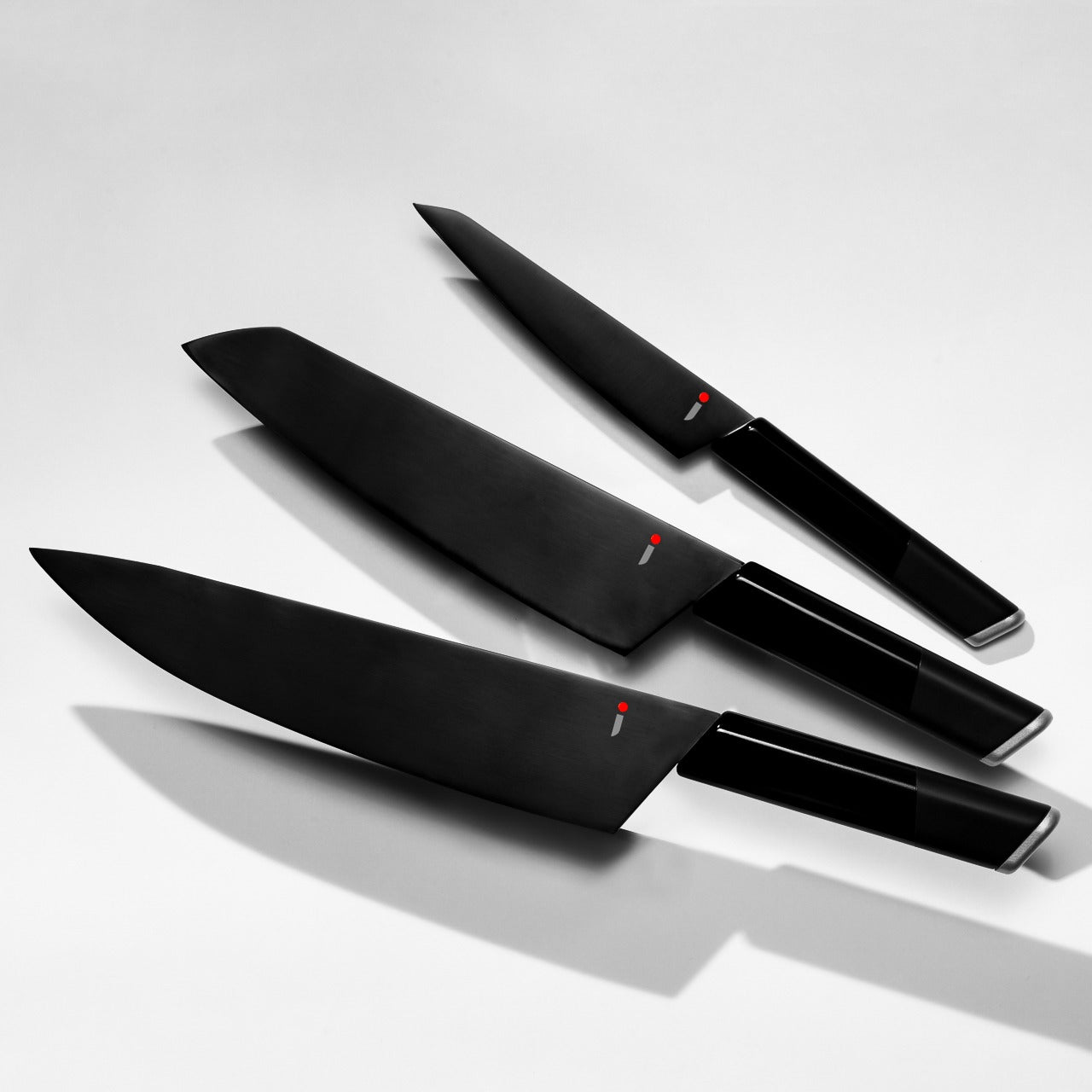
Crafted in Seki, Japan, a region renowned for centuries of blade-making excellence, these Black Kitchen Knives offer the best of traditional craftsmanship and contemporary design sensibilities. Each blade is created through a meticulous hand-forging process that ensures unique character while maintaining consistent performance standards. The molybdenum vanadium steel core receives a titanium coating that creates the impressive black finish while enhancing durability and corrosion resistance far beyond what standard knife steel can achieve.
The full-scale double-edged construction provides superior balance and cutting performance. Working with professionally crafted knives transforms your relationship with food preparation from chore to craft. The superior edge retention means you spend less time sharpening and more time developing proper cutting techniques that improve both speed and safety in the kitchen.
What we like
- Hand-crafted Japanese steel construction ensures exceptional sharpness and edge retention.
- Titanium coating provides superior durability while creating a distinctive professional appearance.
What we dislike
- Premium materials and craftsmanship result in a higher initial investment than budget alternatives.
- Requires proper maintenance knowledge to preserve performance and prevent damage.
5. Playful Palm Grater

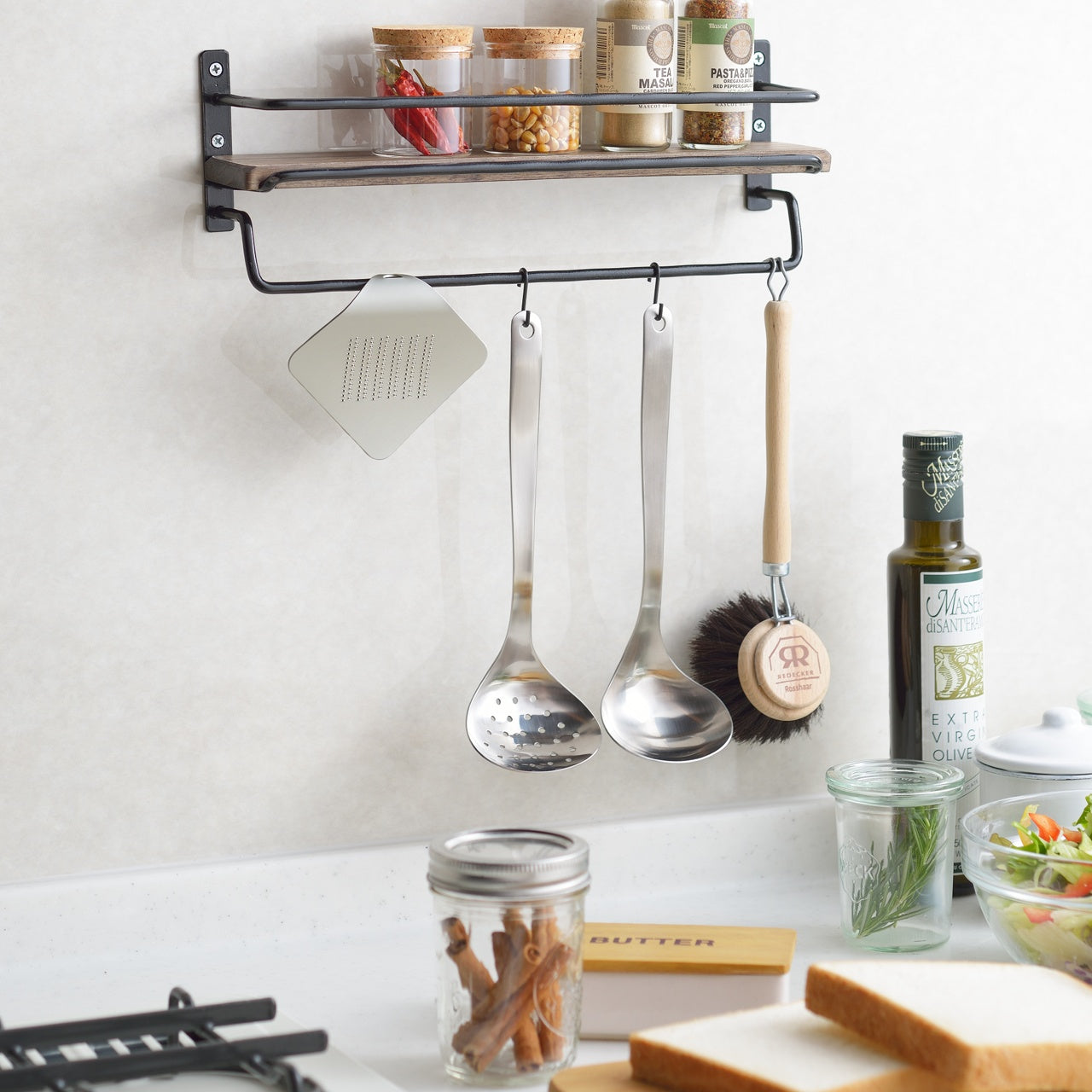
The Playful Palm Grater gives the traditional box grater a makeover through a lens of ergonomic innovation and whimsical design. Crafted from a single aluminum alloy plate and shaped to nestle perfectly in your palm, this compact tool transforms the often awkward task of grating into an intuitive, controlled process. The paper-curl aesthetic brings unexpected delight to routine kitchen tasks while the thoughtful sizing ensures you maintain complete control over the grating process.
Available in multiple vibrant colors, this grater allows you to inject personality into your kitchen toolkit while maintaining serious functionality. The single-piece construction eliminates the joints and seams where food particles typically accumulate in traditional graters, making cleanup significantly easier and more hygienic. This palm-sized grater excels in situations where precision and control matter most. You can grate ingredients directly over dishes with pinpoint accuracy, eliminating waste while ensuring even distribution of flavors.
Click Here to Buy 2 & Get 10% off: $45.00 $50.00
What we like
- Ergonomic palm design provides superior control and comfort during grating tasks.
- Single-piece aluminum construction ensures easy cleaning and long-lasting durability.
What we dislike
- Compact size limits efficiency when processing large quantities of ingredients.
- Novelty design may not appeal to cooks who prefer traditional kitchen tool aesthetics.
Creating your kitchen sanctuary doesn’t need you to sacrifice style or break your budget. These five kitchen tools combine smart design and professional performance, while co-existing with accessible price points. From the dual-purpose elegance of the Iron Frying Plate to the precision engineering of Japanese black knives, these tools serve multiple roles while maintaining a commendable aesthetic appeal.
Building Your Culinary Foundation On A Budget
The beauty of this collection lies in its synergy. Together, these tools cover every fundamental cooking technique while teaching proper methods through superior materials and construction. The playful palm grater encourages fresh ingredient experimentation, while the dressing shaker transforms simple salads into culinary statements.
Quality scissors and knives build confidence through reliable performance. Investing in well-designed essentials creates a foundation that grows with your skills. These tools convert your kitchen into a workspace and showpiece, inspiring creativity while delivering results that make every meal feel like an achievement worth celebrating.
The post Best Budget Kitchen Tools For Beginner Chefs: 5 Must-Haves Under $100 first appeared on Yanko Design.









